1. Today’s topic is Fern.
Today I wanted to see the undergrowth, especially the ferns in the forest in the first winter.
With the decline of the population, more and more Japanese live in the city.
Many of them live in apartments or small houses.
The people who love gardening don’t necessarily enjoy enough sunlight.
In such a case, the selection of plants is very important.
I want to show people the undergrowth in the forest of the botanical garden, which could be a kind of model for your garden.
2 Ferns in Higashiyama Botanical Garden
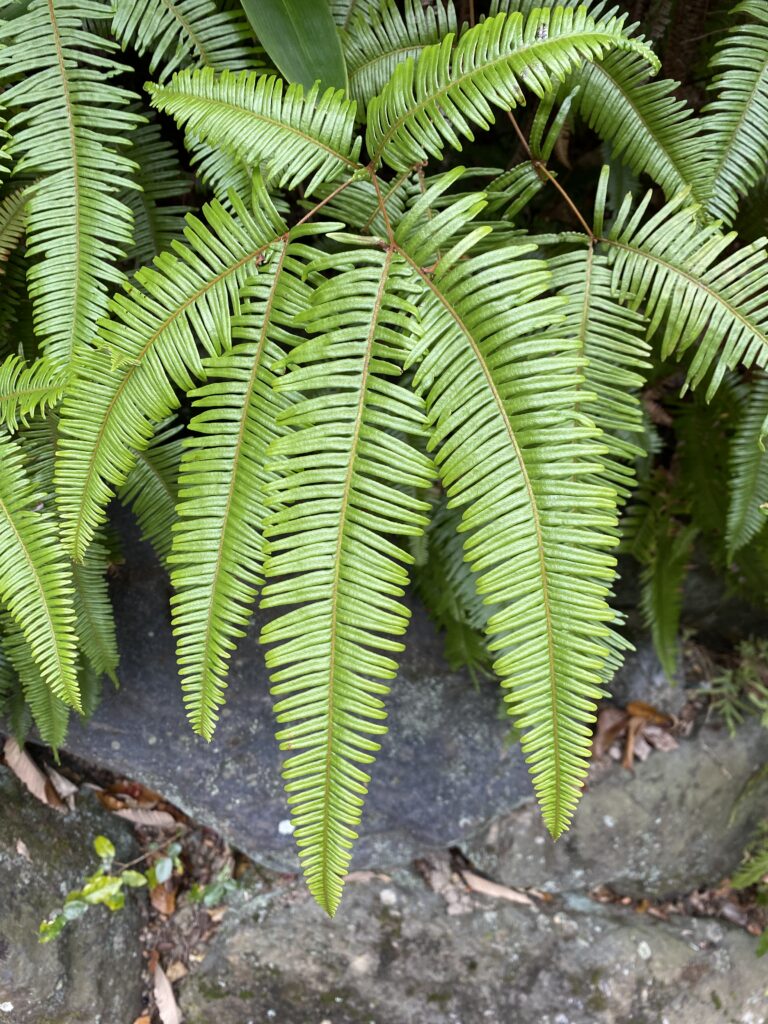
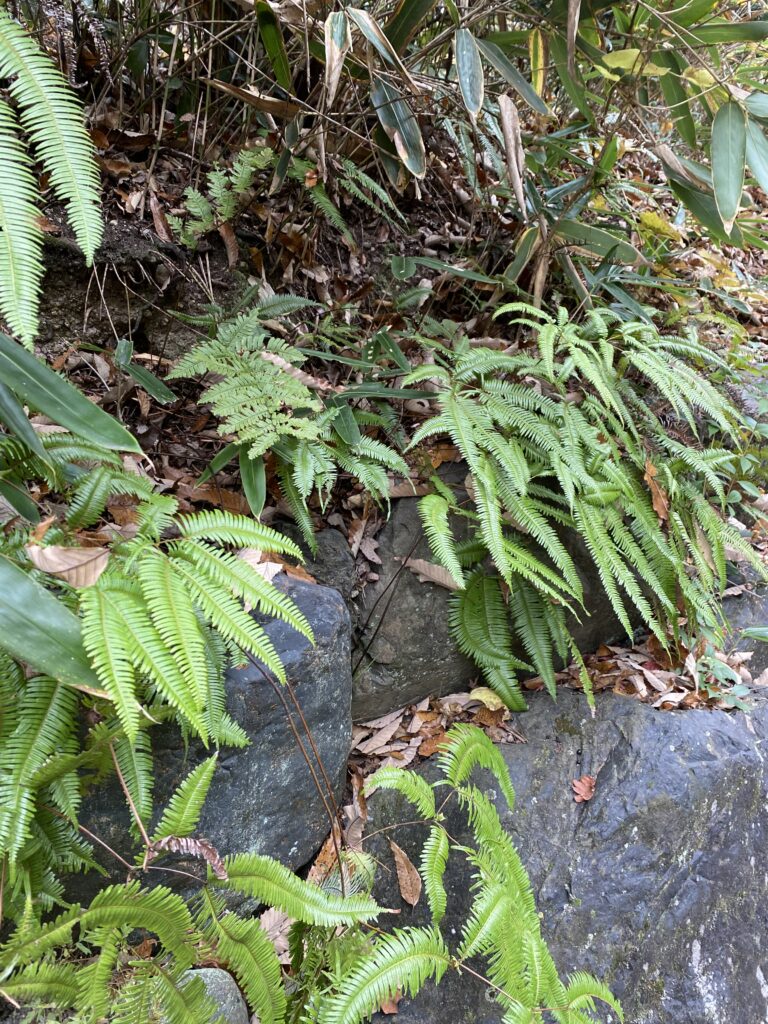
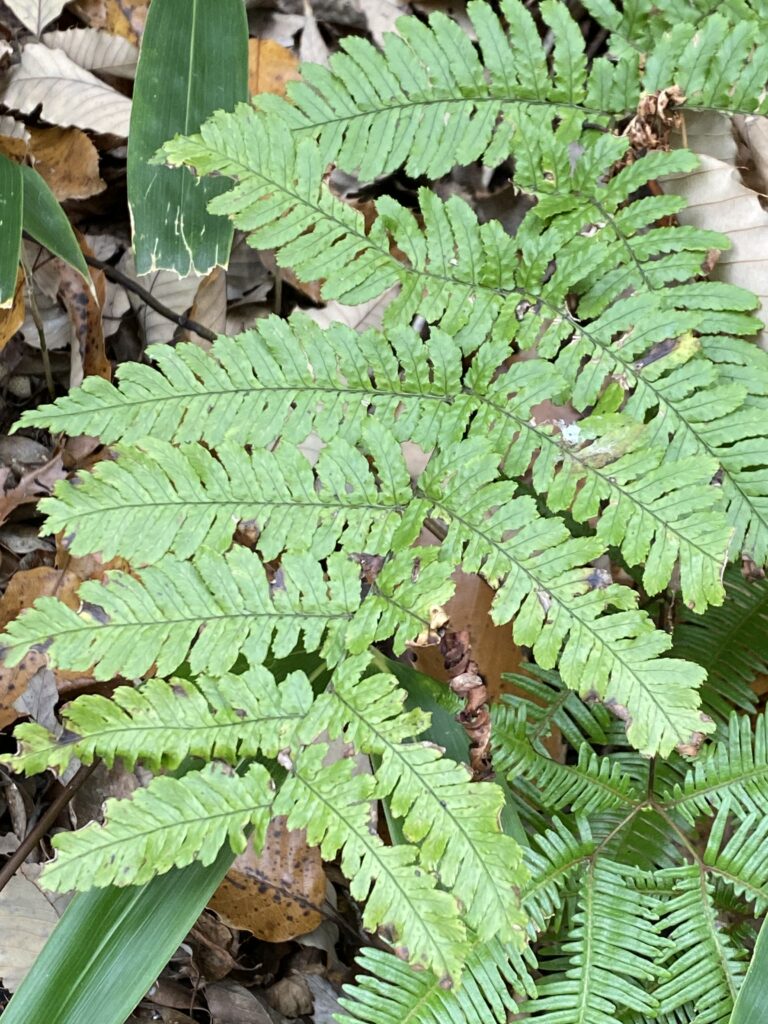
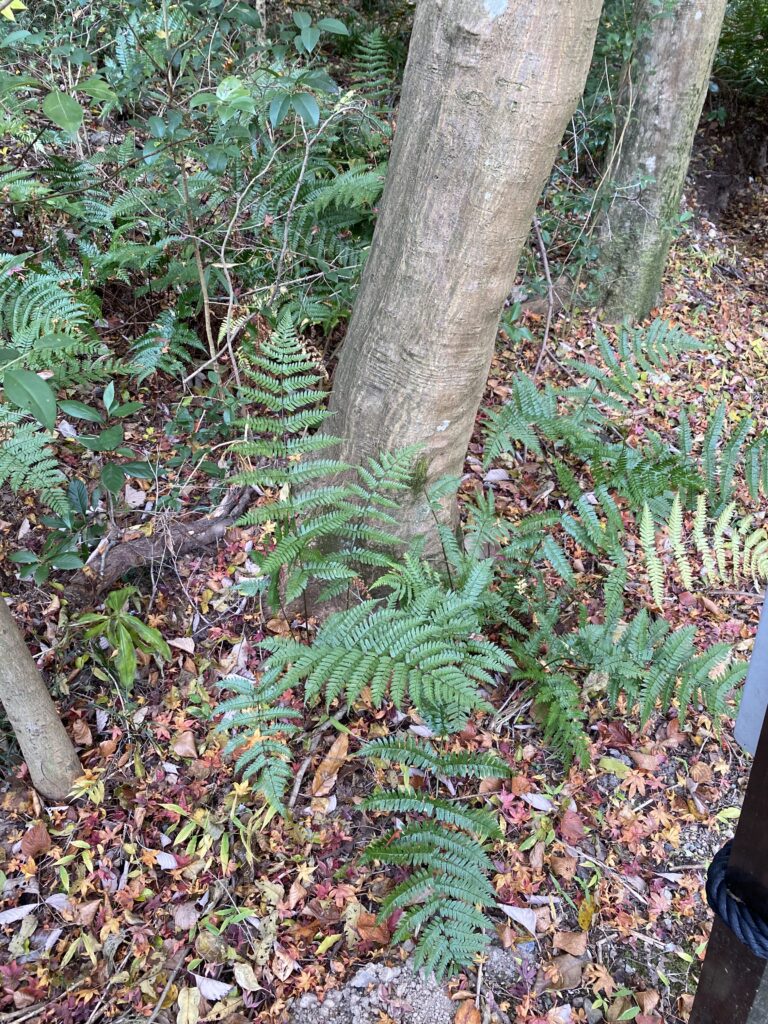
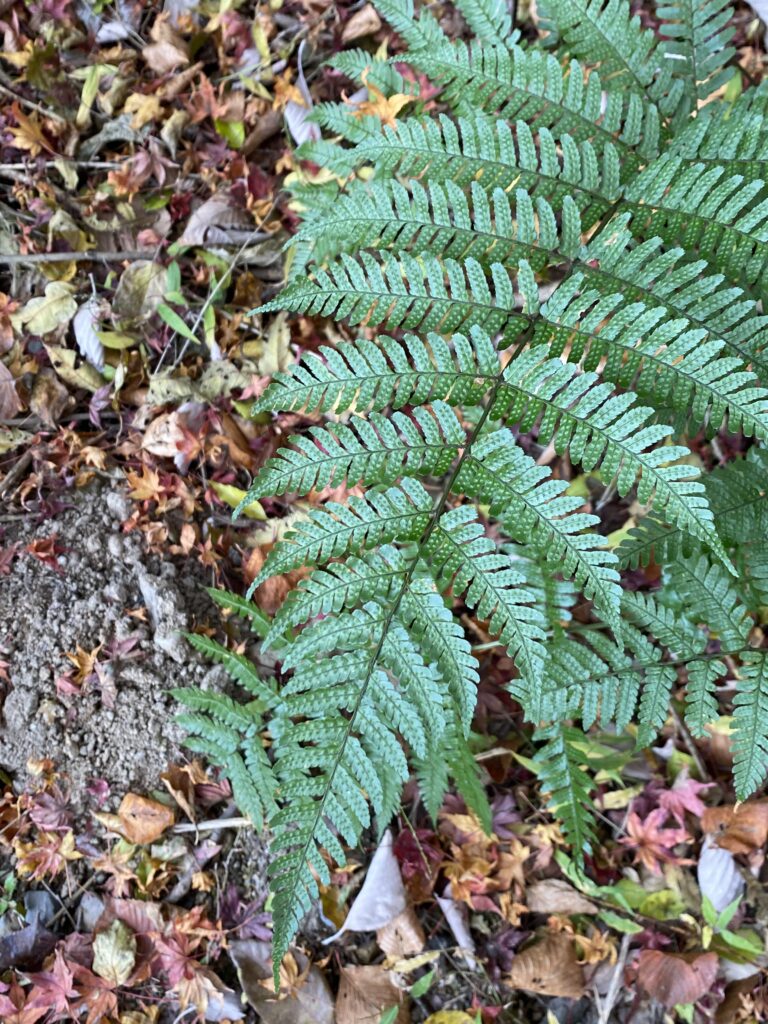
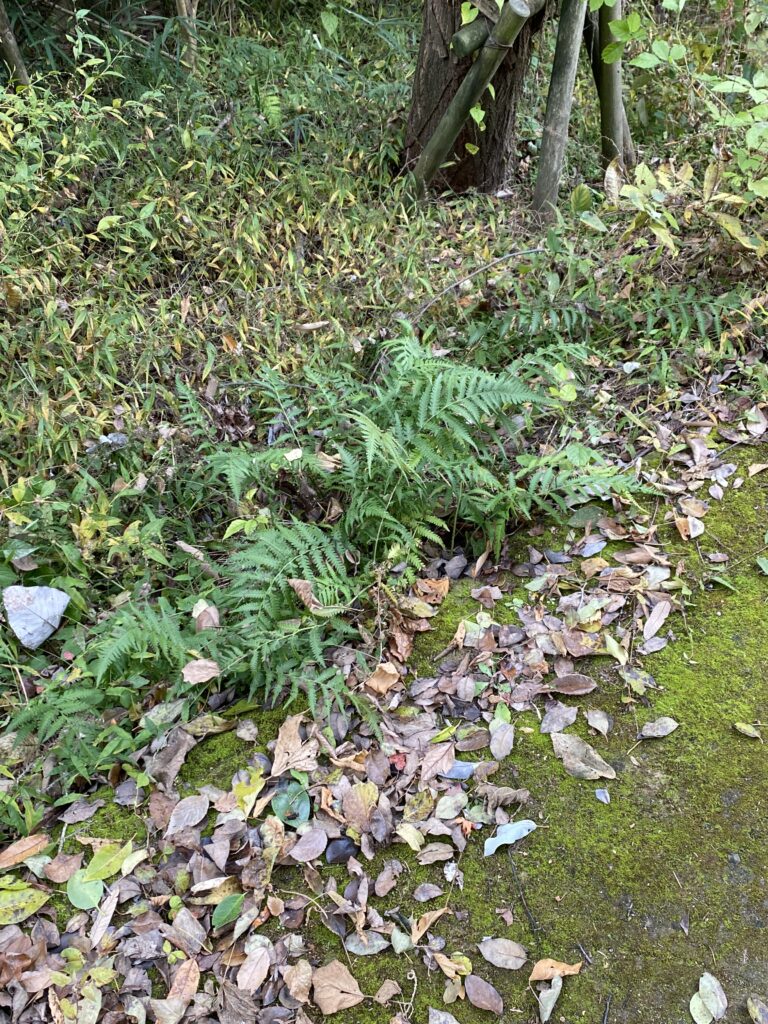

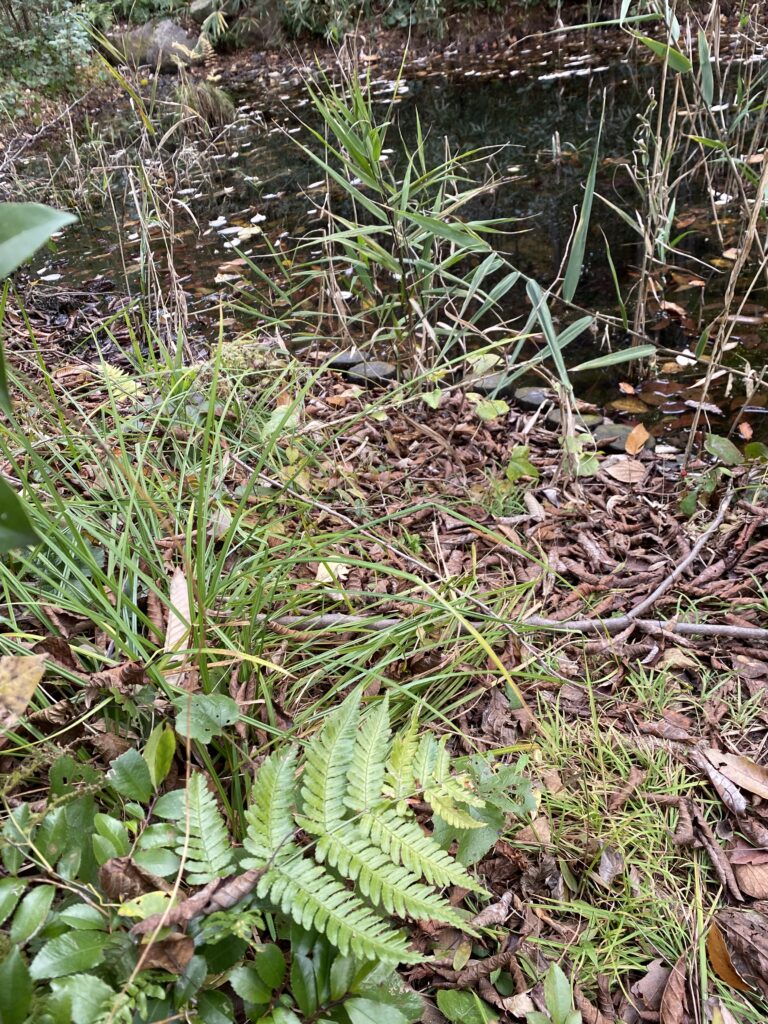
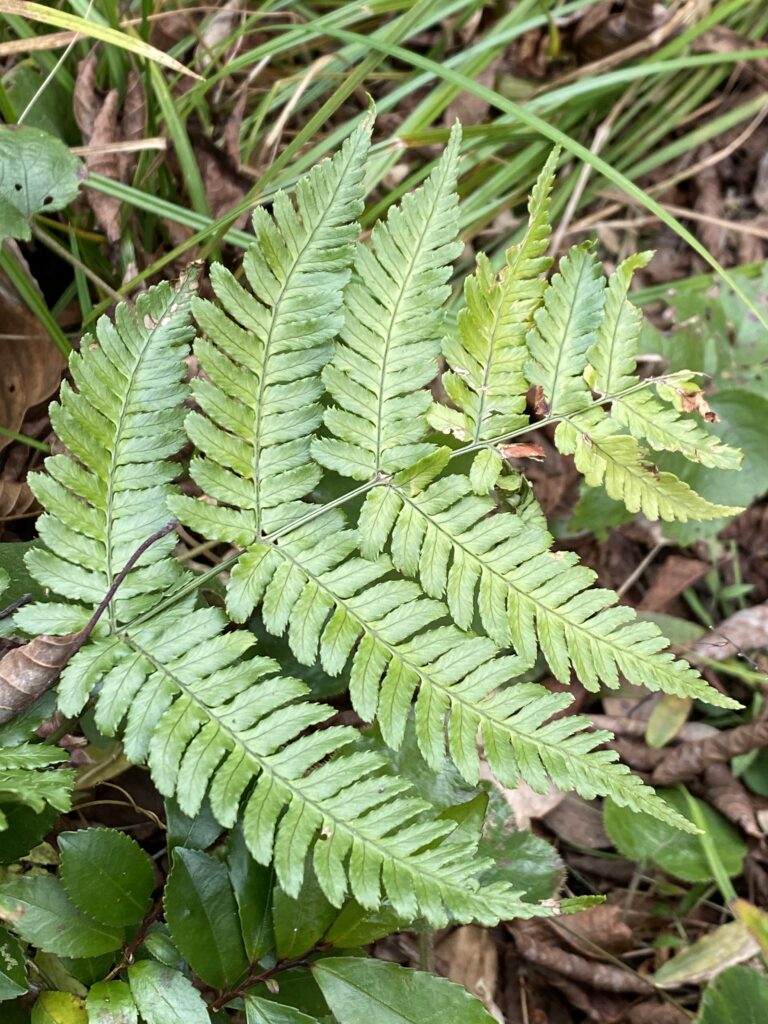
1,2 We see some groups of Dicranopteris in the dark path in the forest. Strangely, Dicranopteris cannot be seen outside the forest.
3. The most common fern in this forest is Dryopteris erythrosora.
4,5,6,7 Under the tree, or by the side of the path, Dryopteris erythrosora adds beauty.
8,9 Dryopteris can survive on the wet side of a pond.
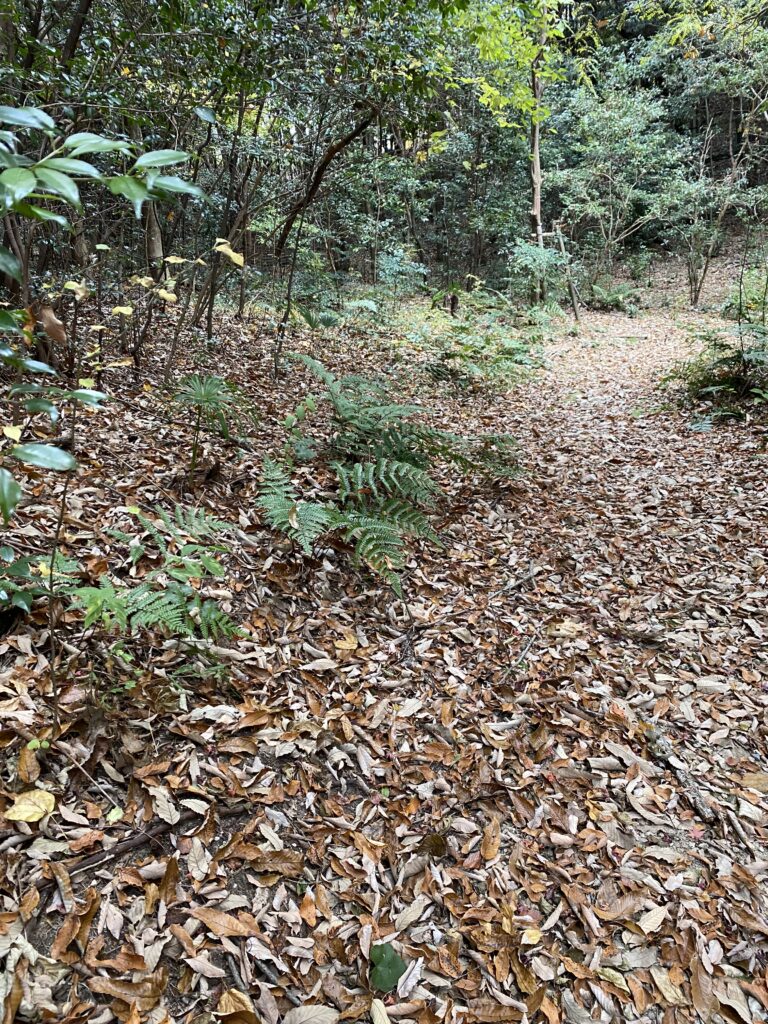
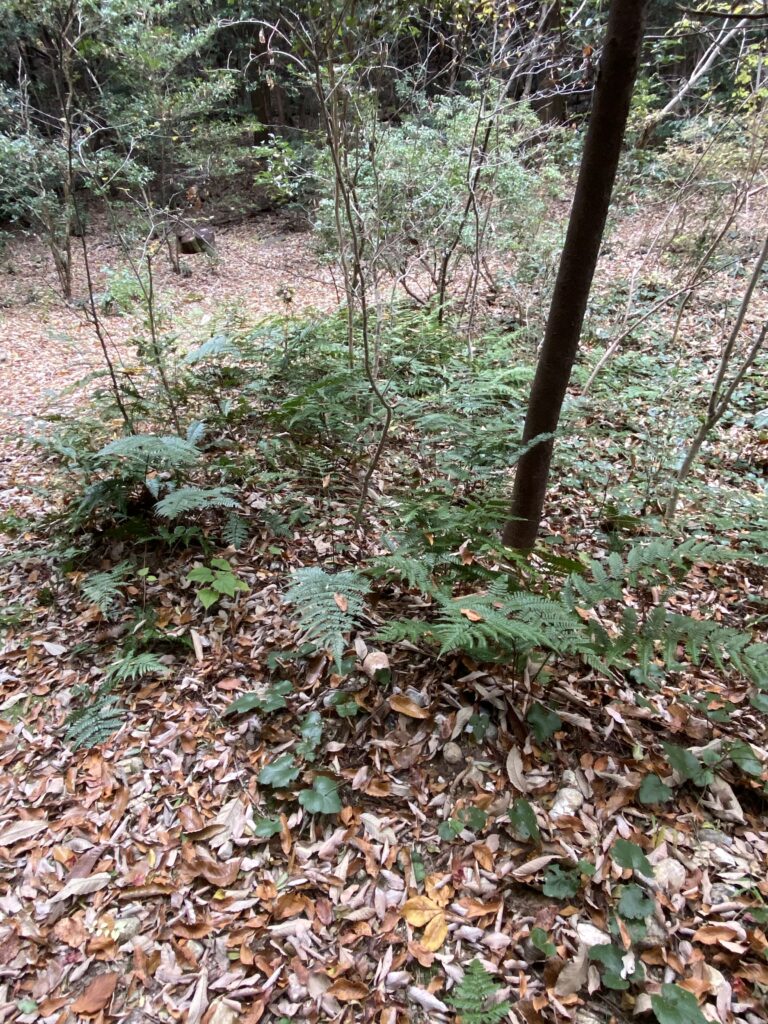

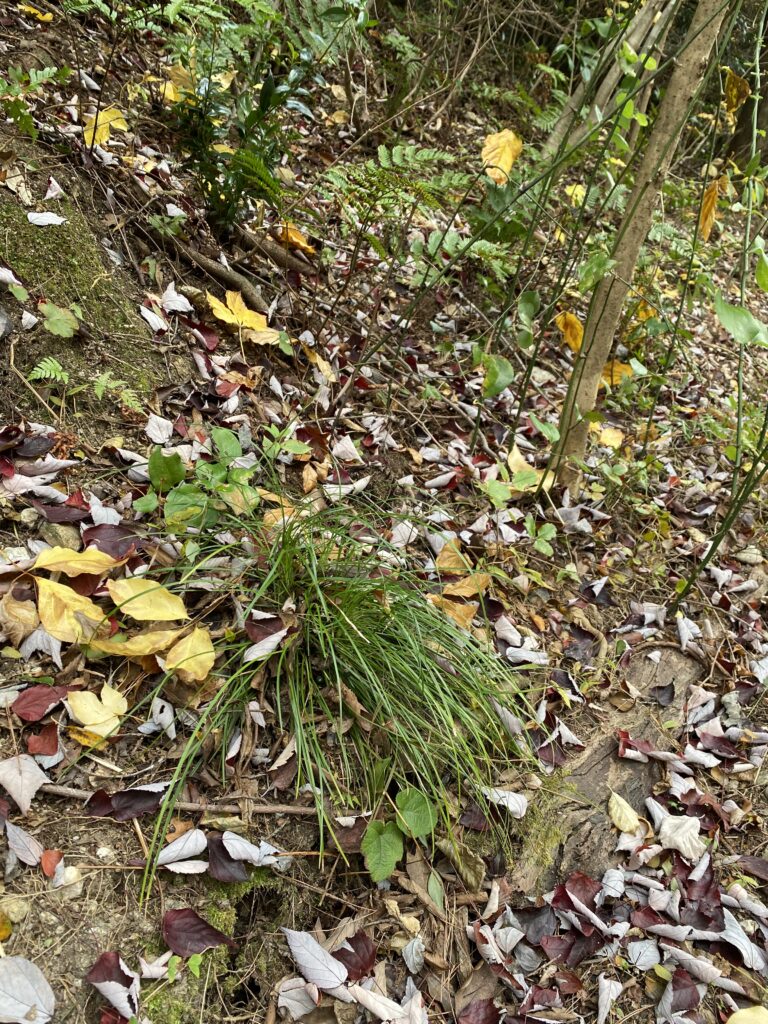
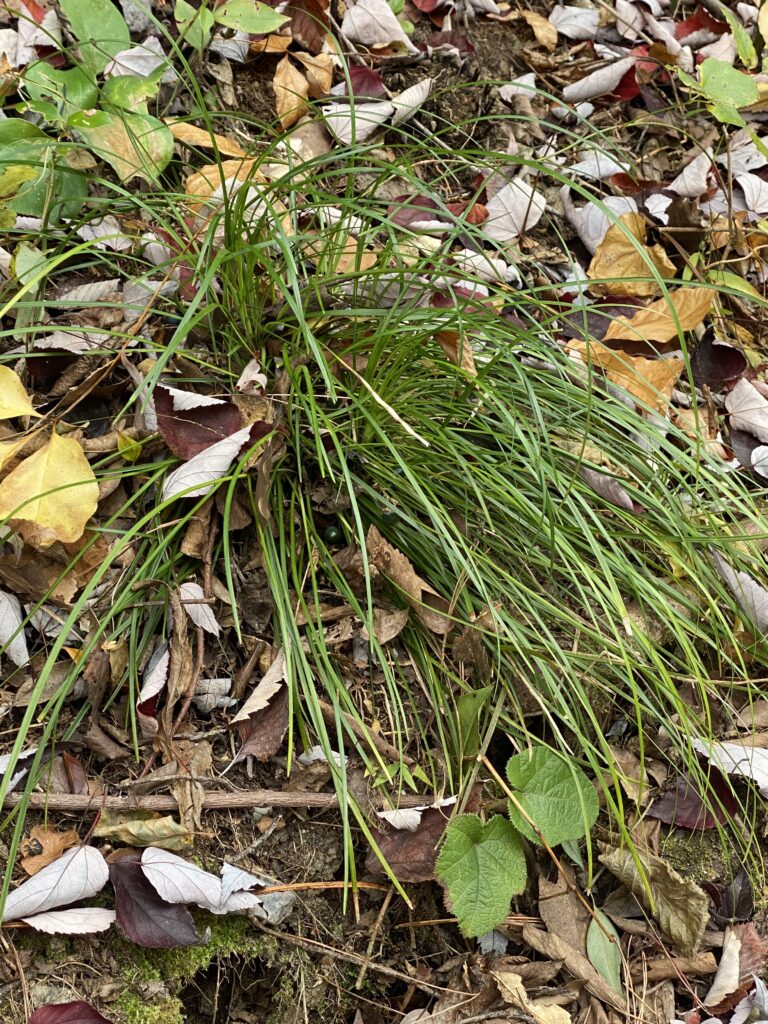
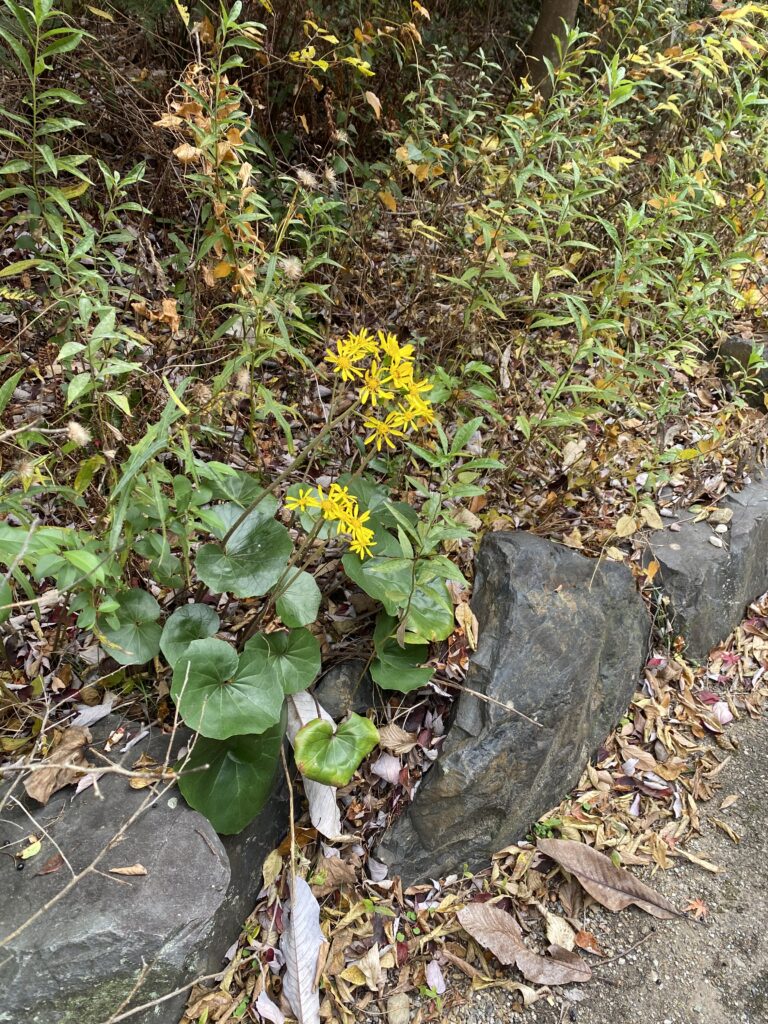
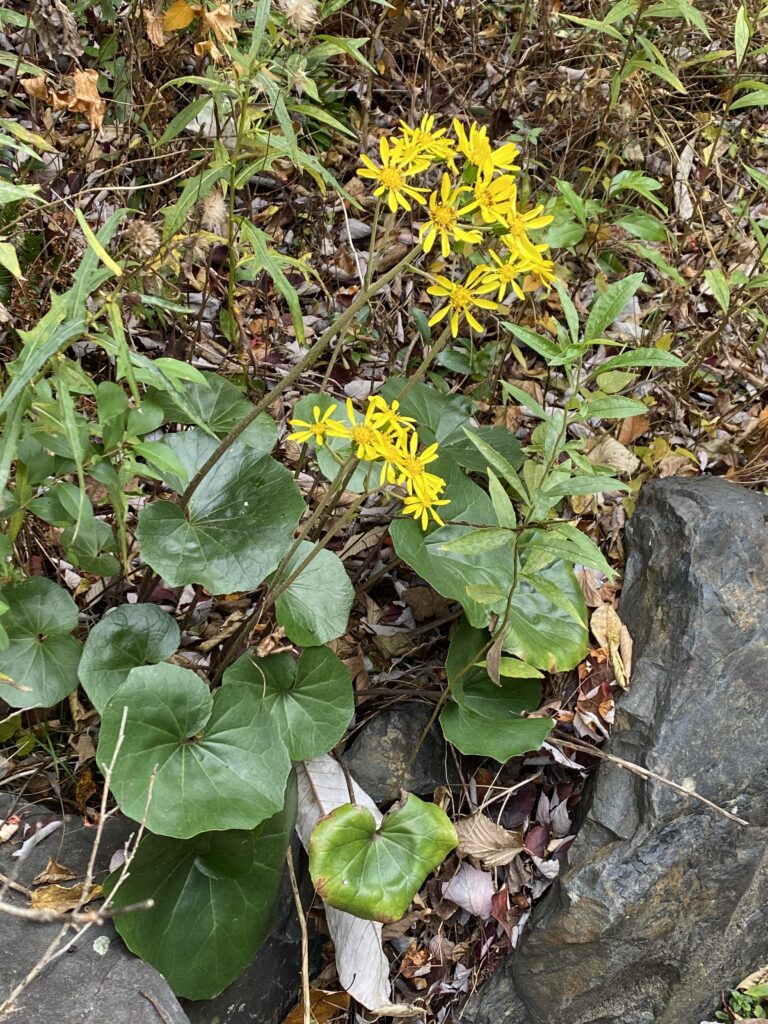
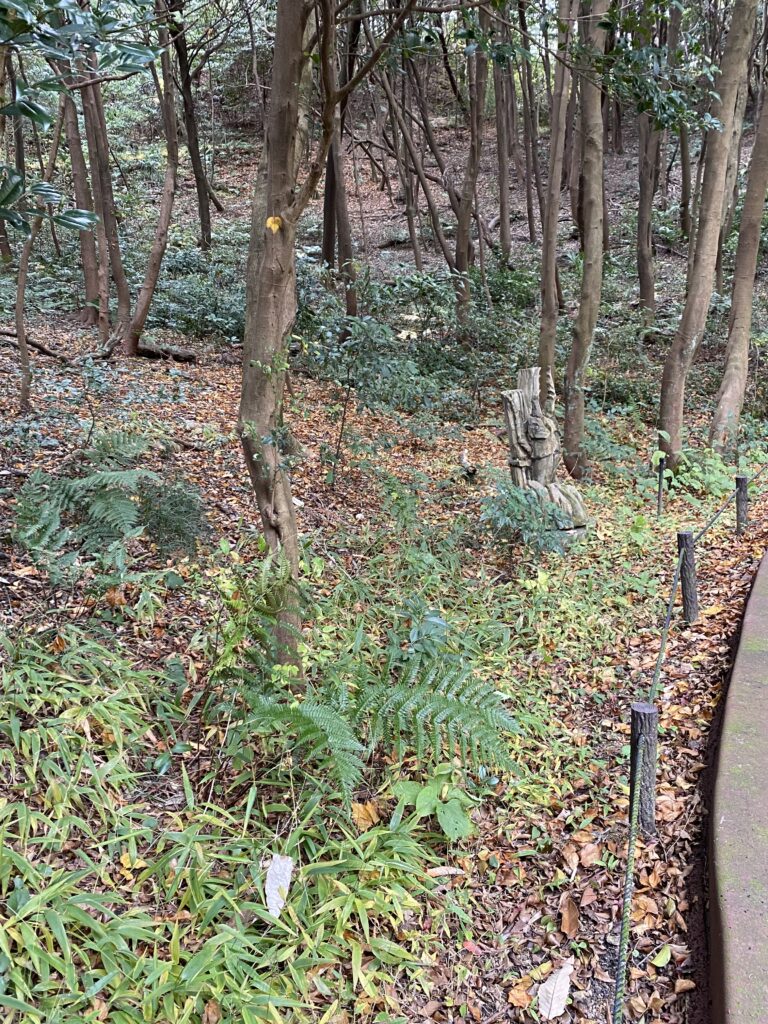
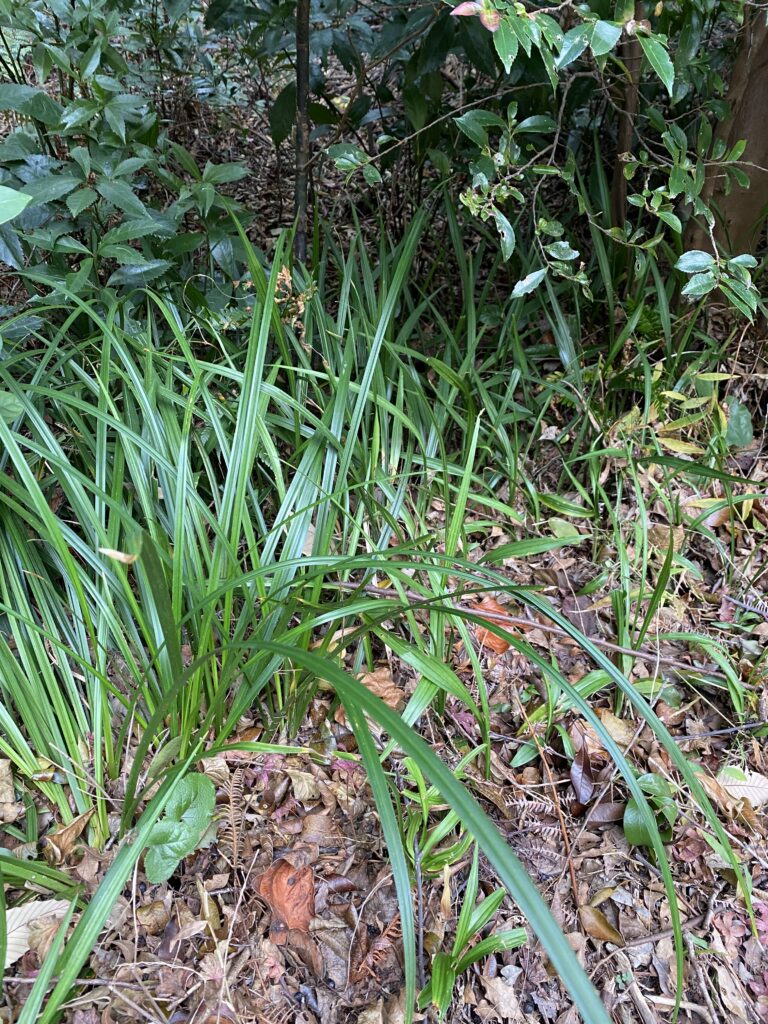
10,11,12 Dryopteris can be found on fairly dark mountain roads.
13,14 In a little more sunny shade we can see Liriope muscari.
15,16 Leopard plant also seems to like sunny shade.
17 Driopteris grows even in fairly dark forests.
18 Muscari are healthy in bright, open areas on paths through the forest.
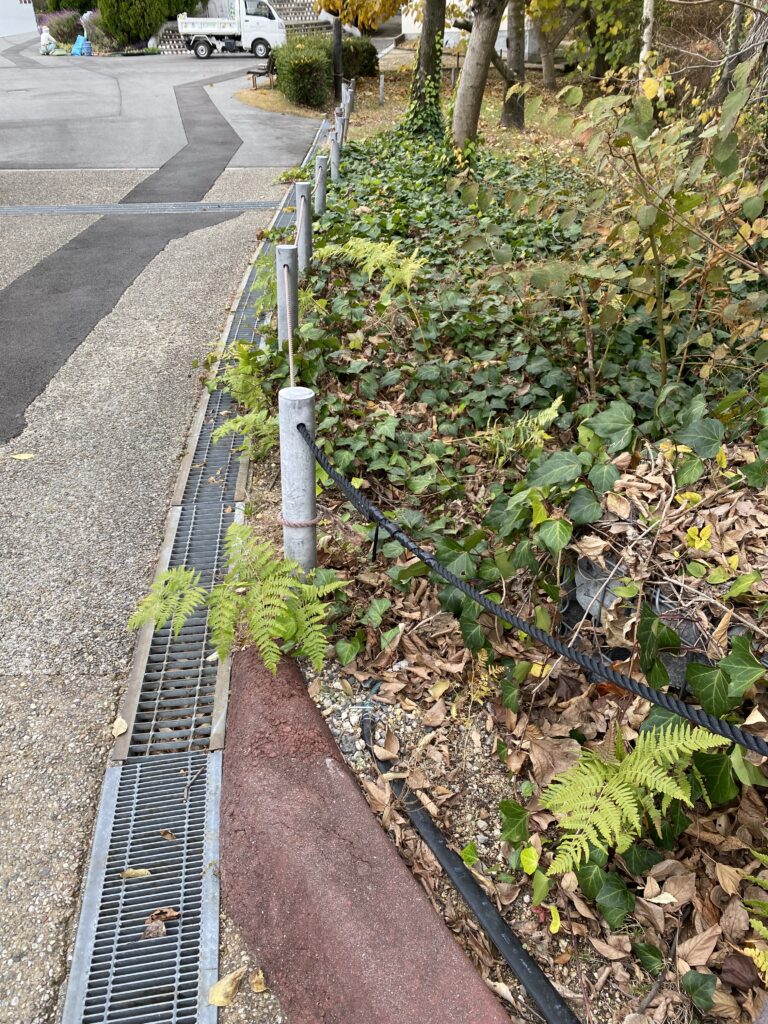
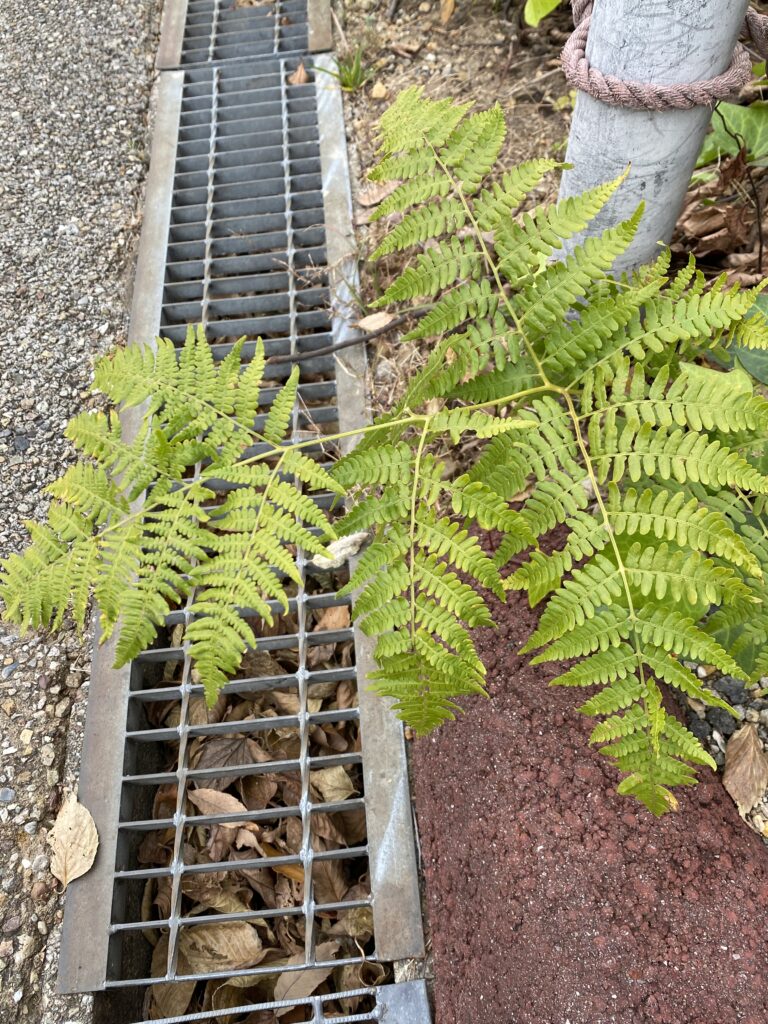
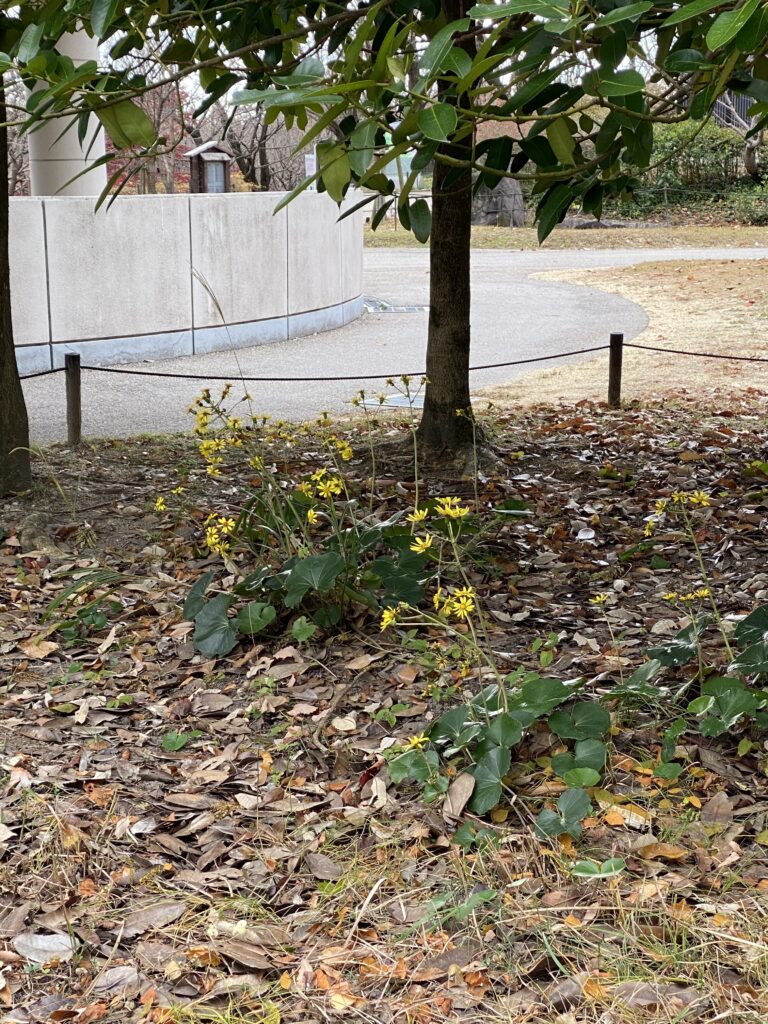
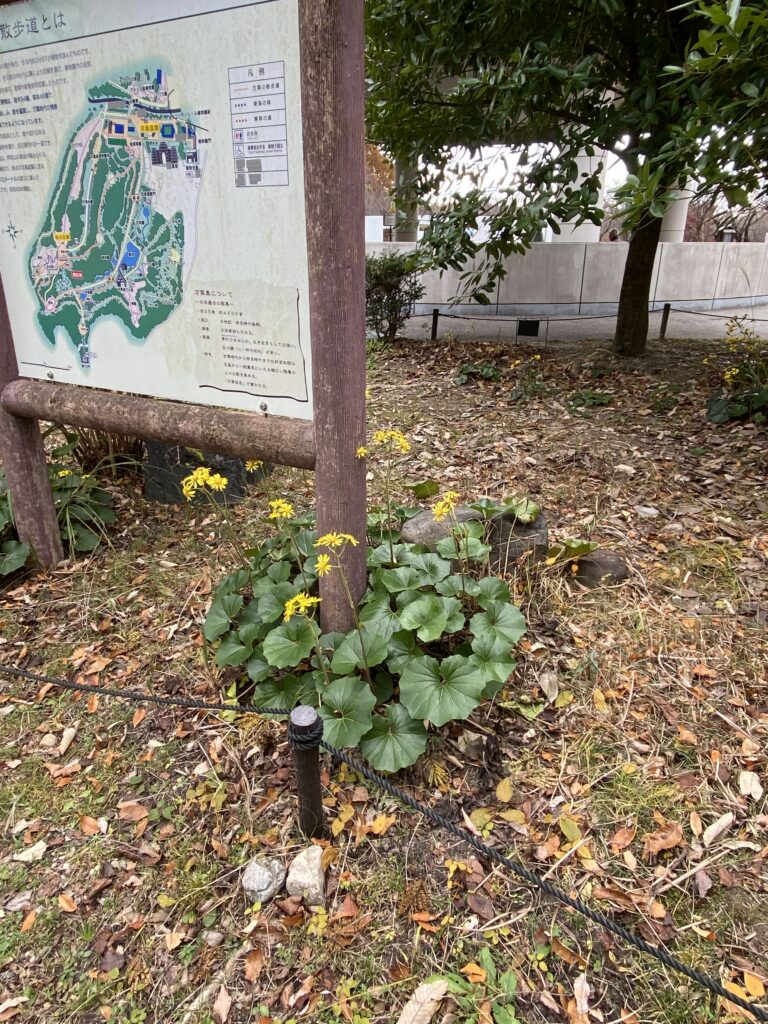
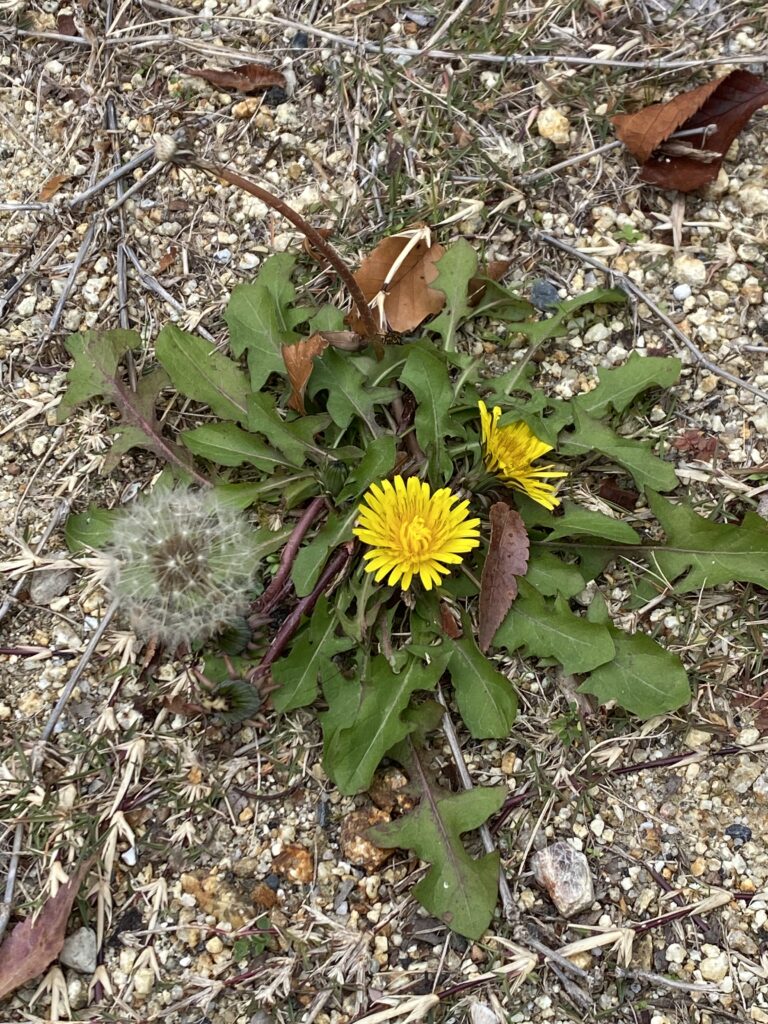

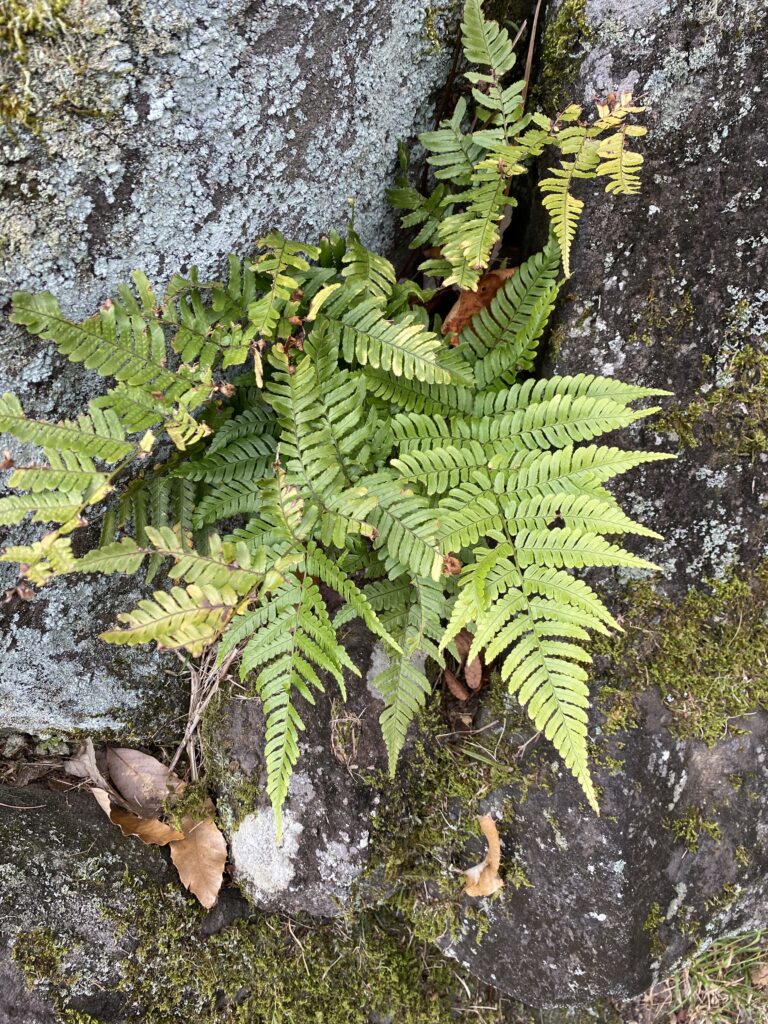
19,20 Even in fairly well-lit areas, ferns can grow. Of course, different species can tolerate bright light differently. This is Pteridium aquilinum.
In bright light, the colour of the fern becomes lime green.
21,22 Leopard plants do not seem to care at all whether they are exposed to sunlight or not.
23 Dandelion innocently brooms
24,25 This is a good model for your rock garden, isn’t it? Dryopteris erythrosora grows between large rocks.
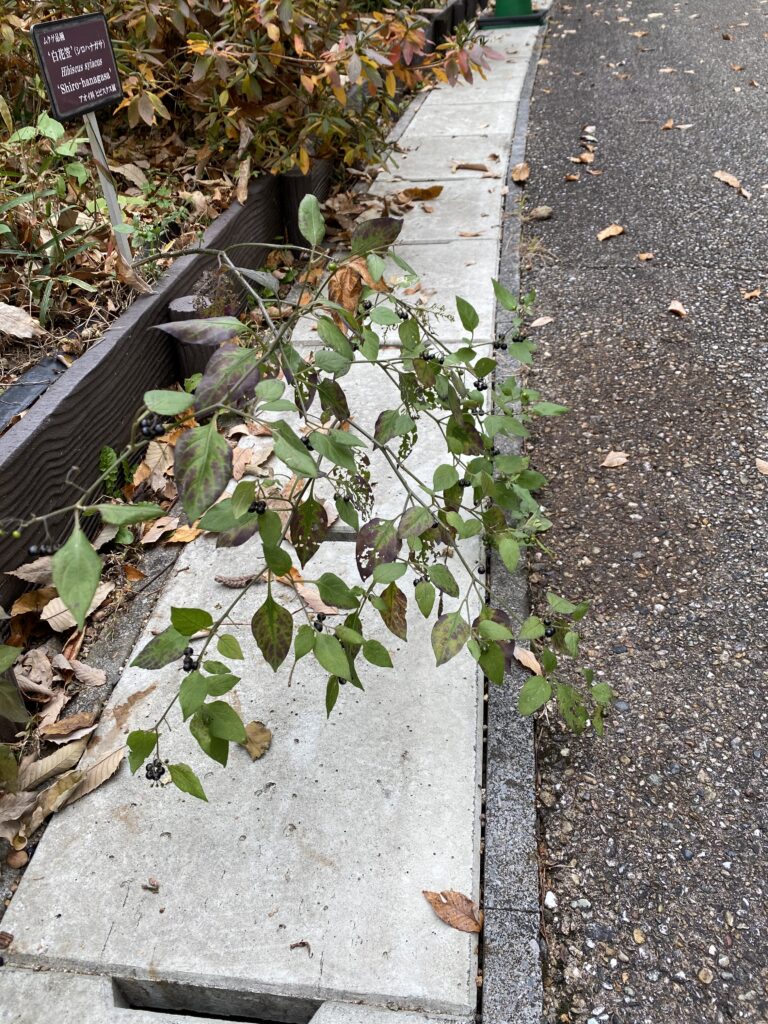
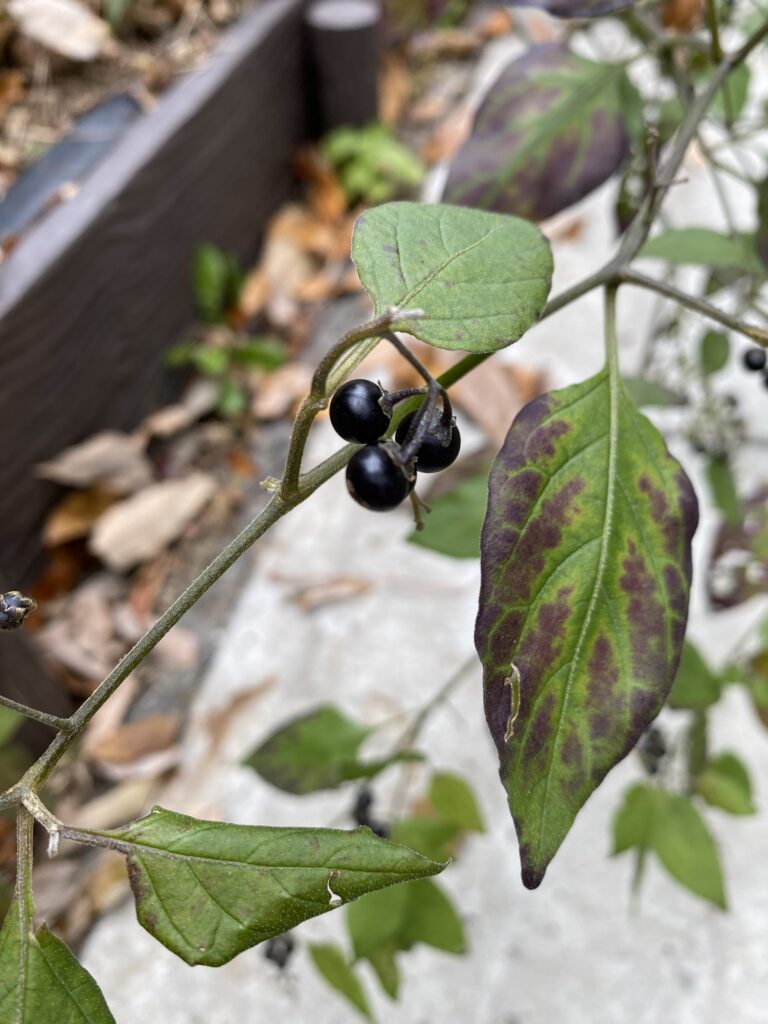
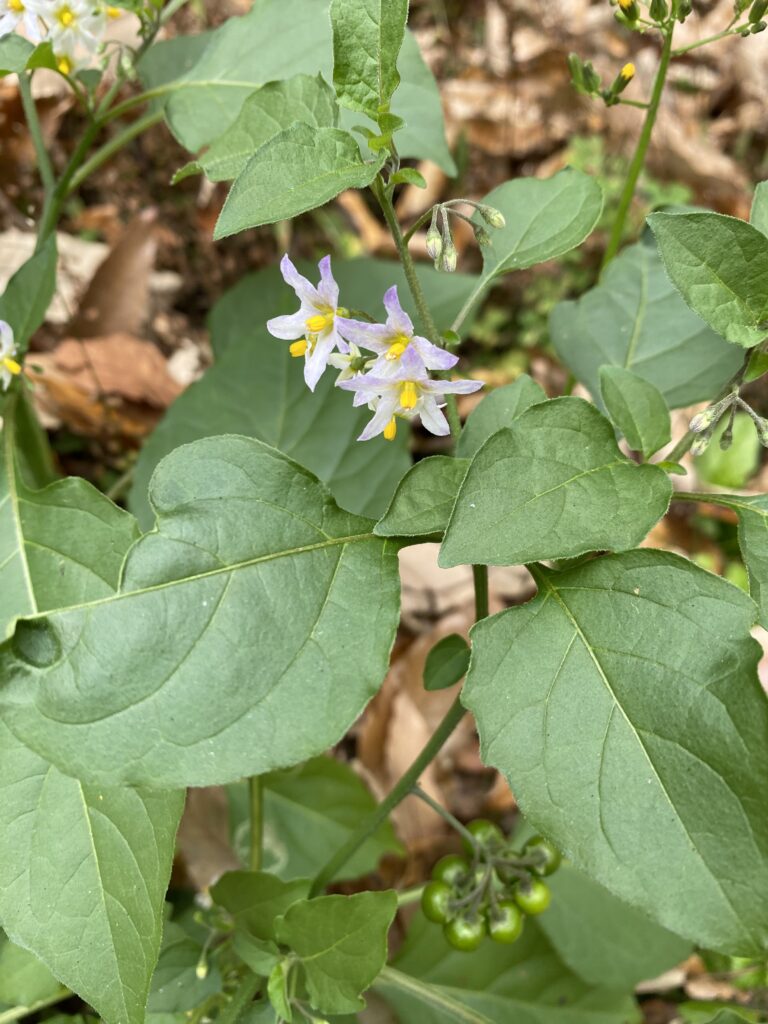
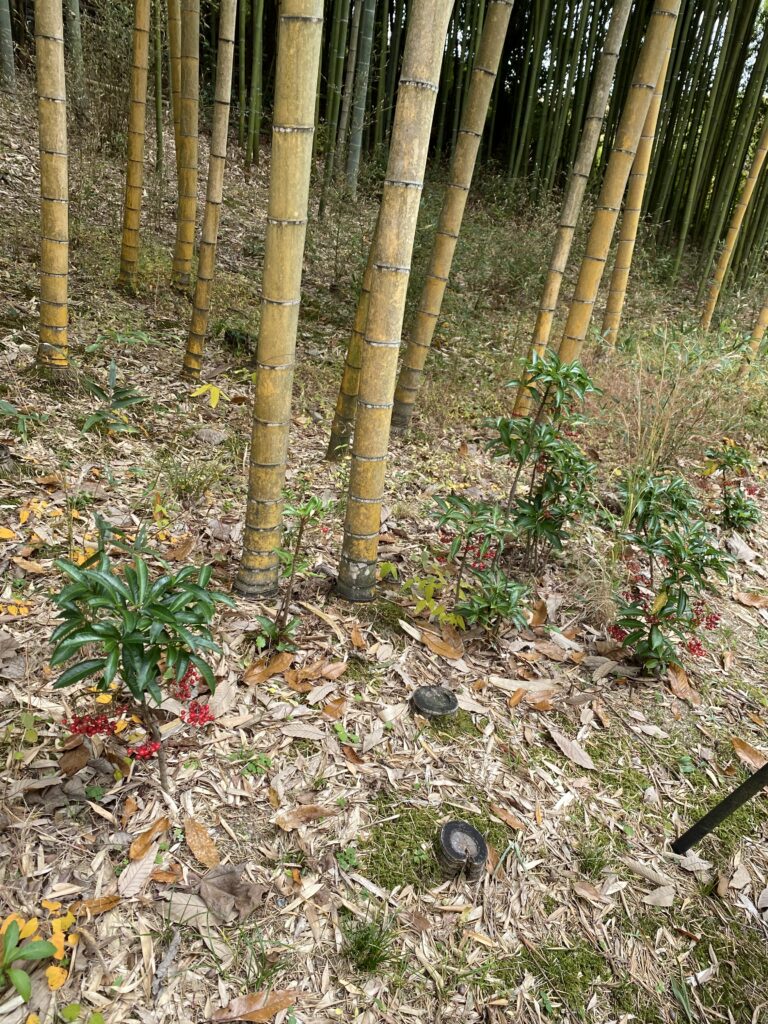

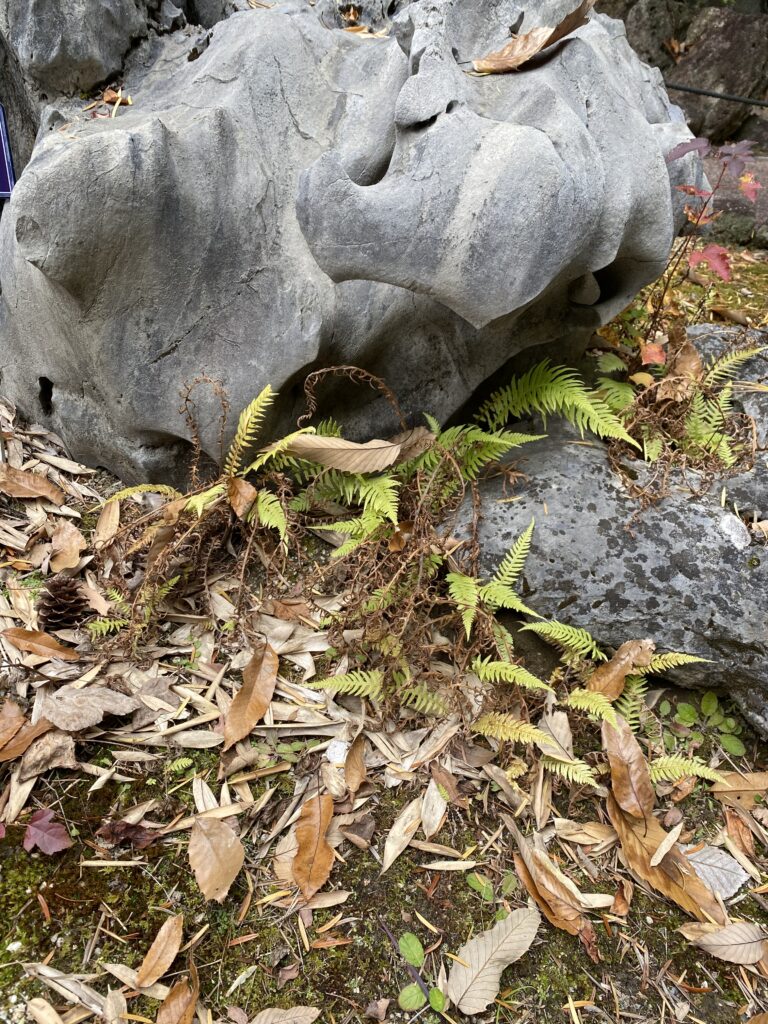
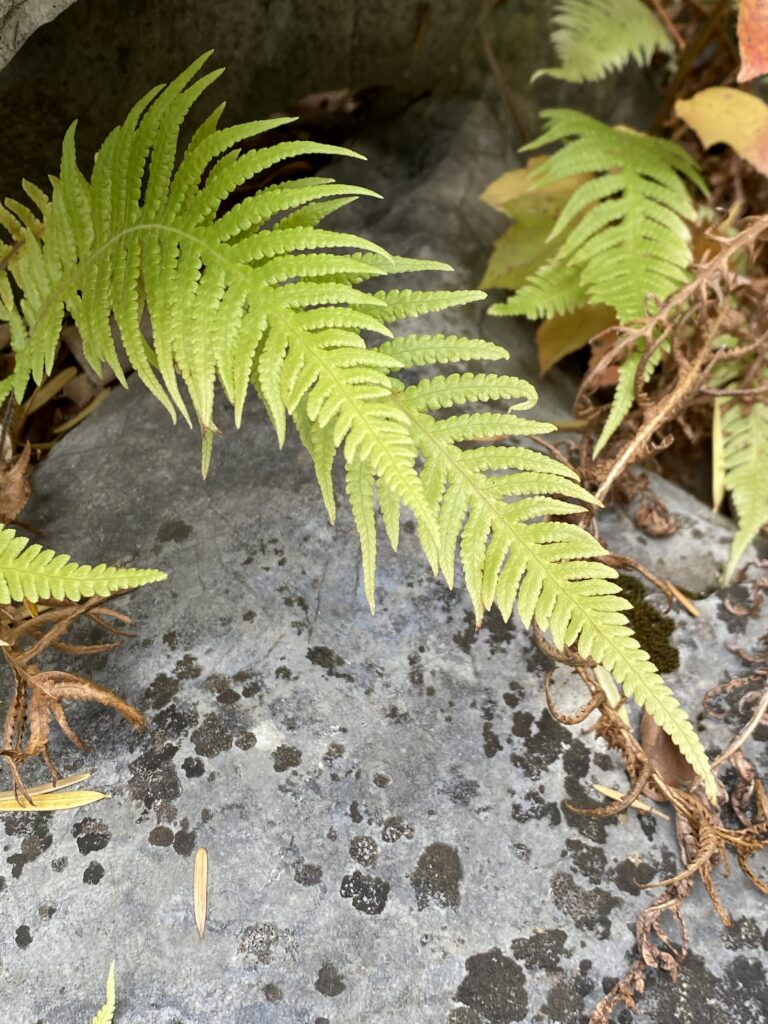
26,27,28 Solanum nigrum grows in open place.
The berry, which looks like black pearls, is beautiful.
29,30 The red berries of Ardisia crenata add colour to the dark brown of a Chinese bamboo forest.
31,32 Phegopteris decursivepinnata grows under Chinese strange rock and has leaves with a zigzag pattern.
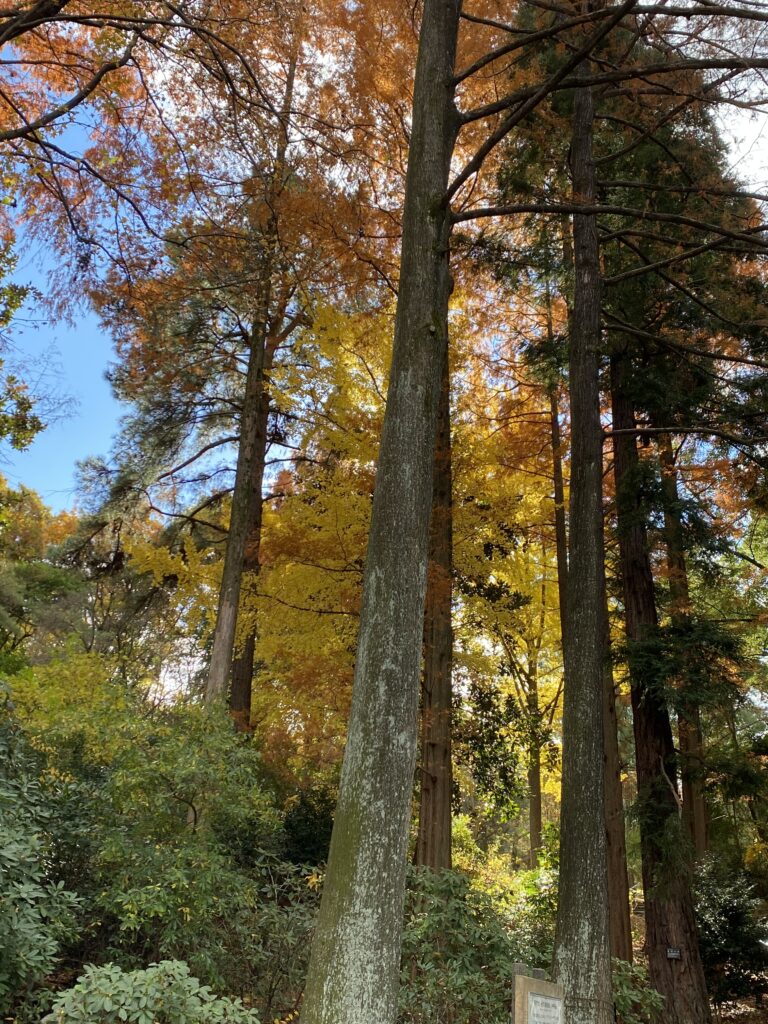
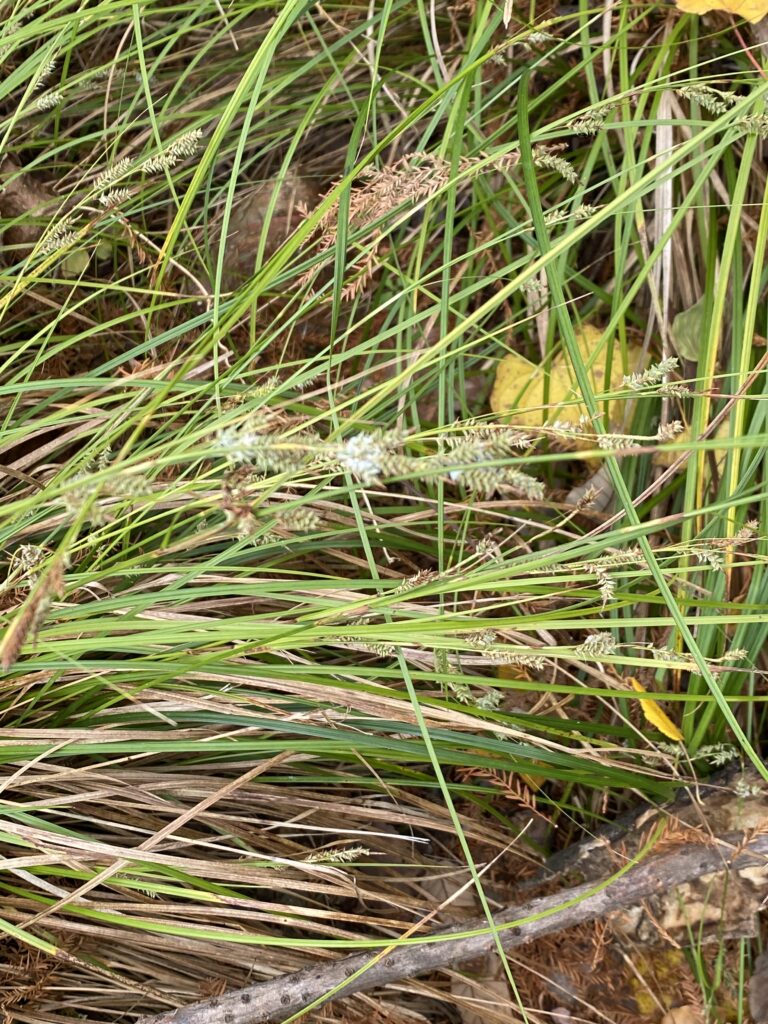
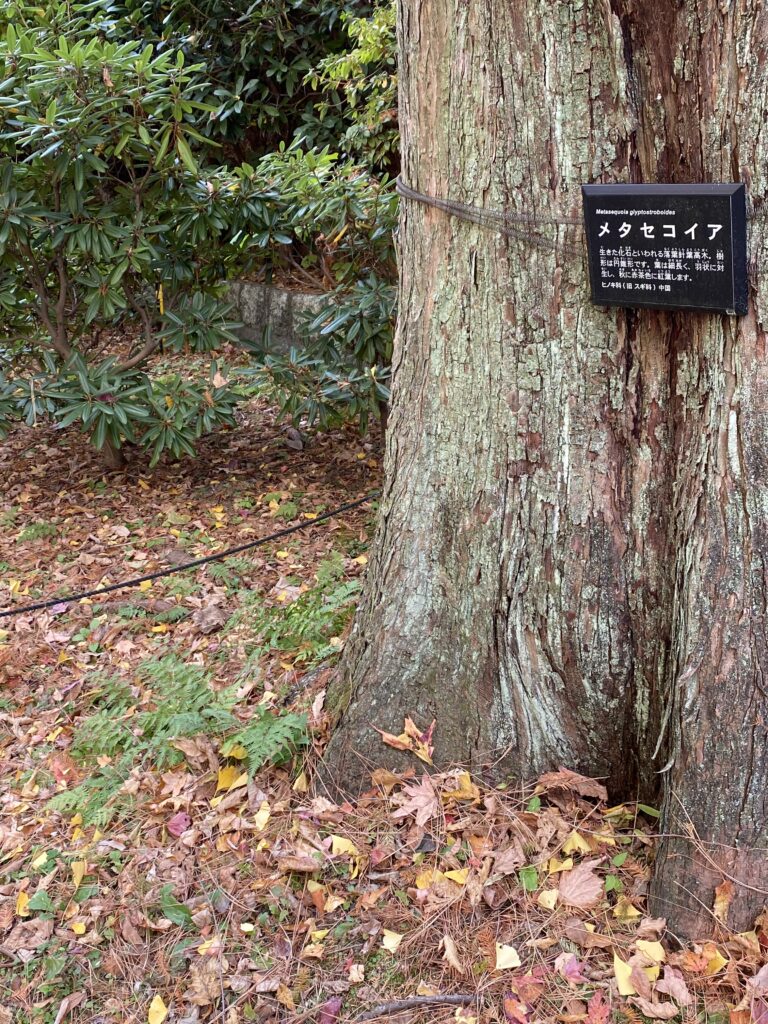
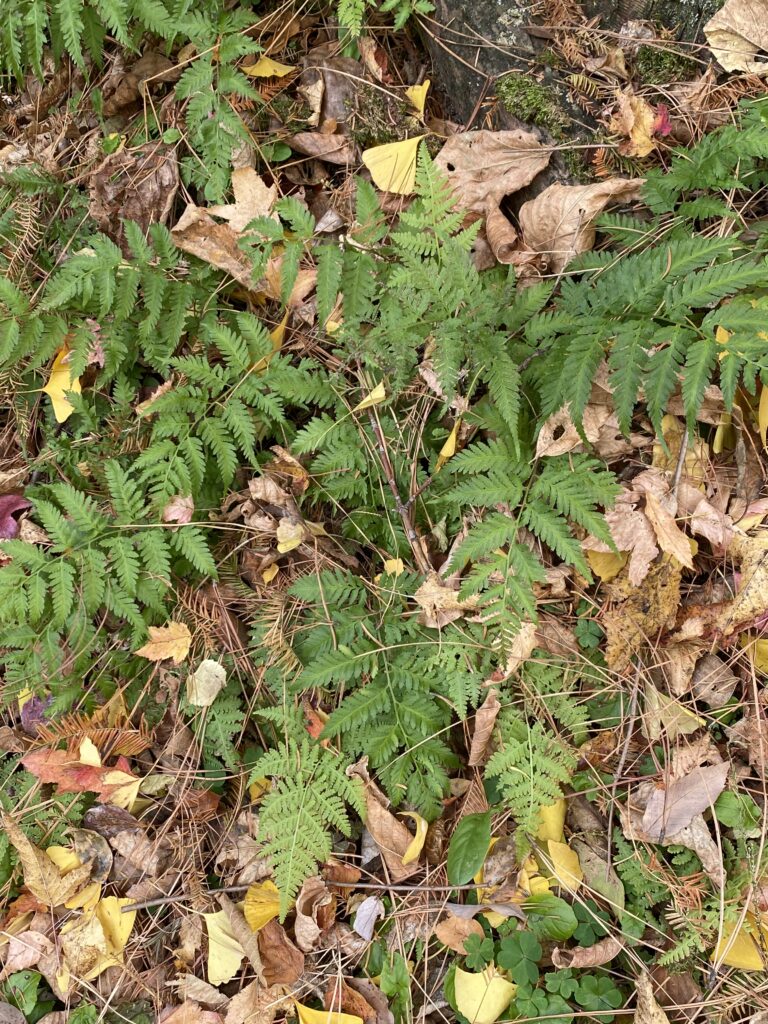
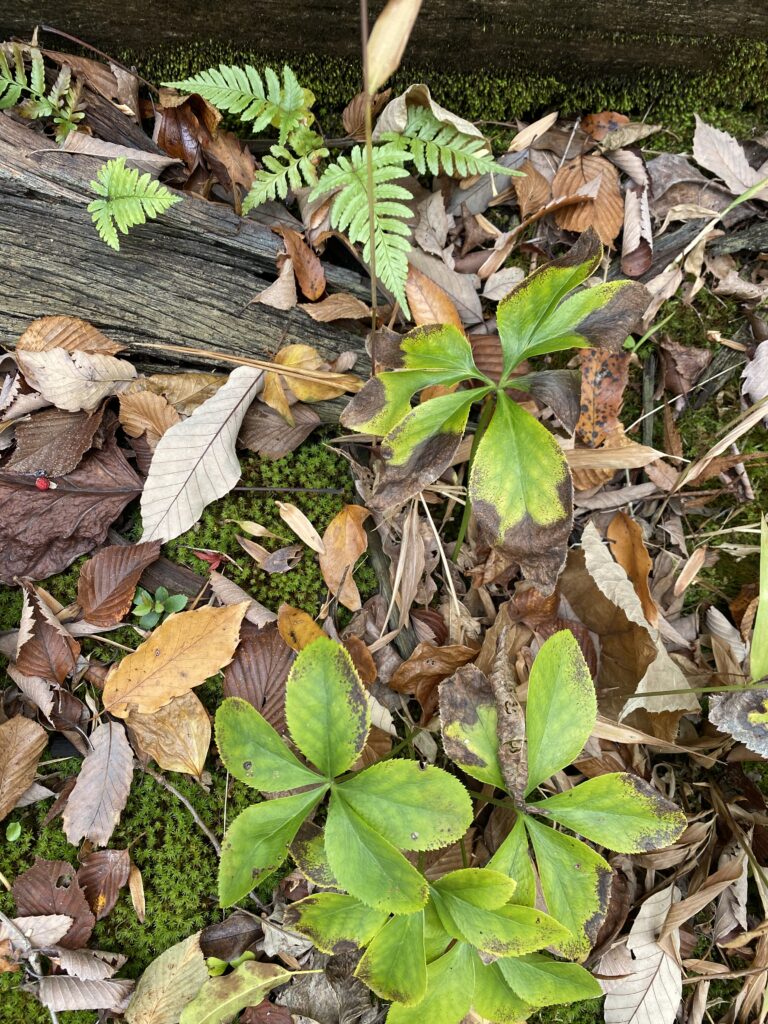
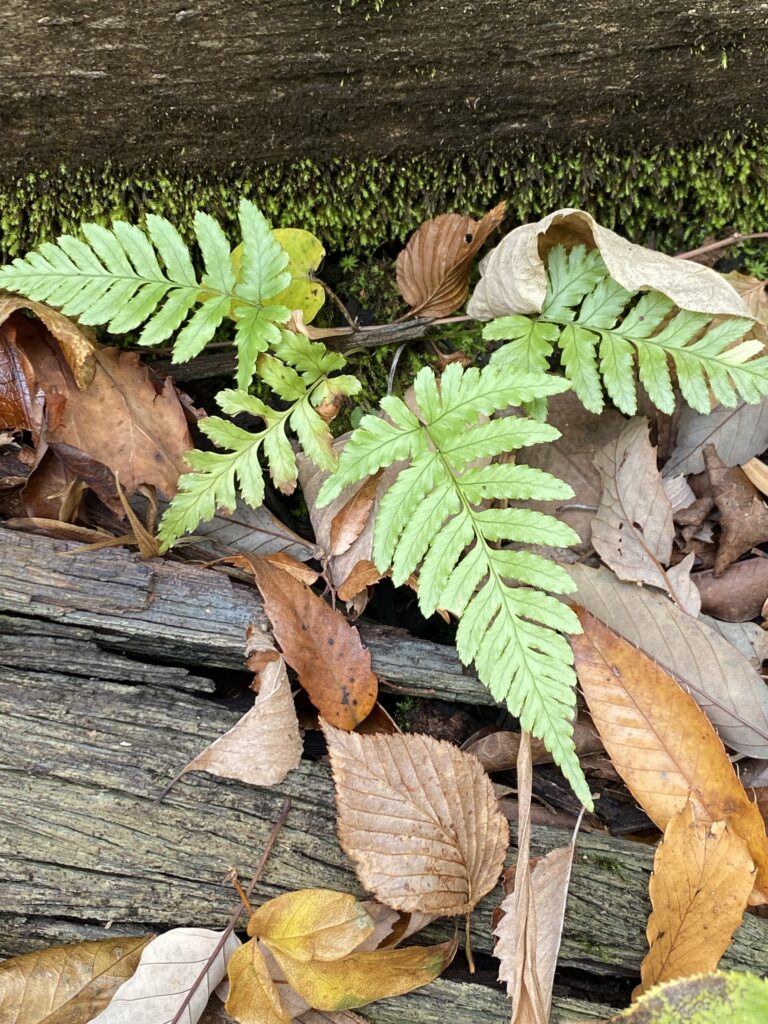
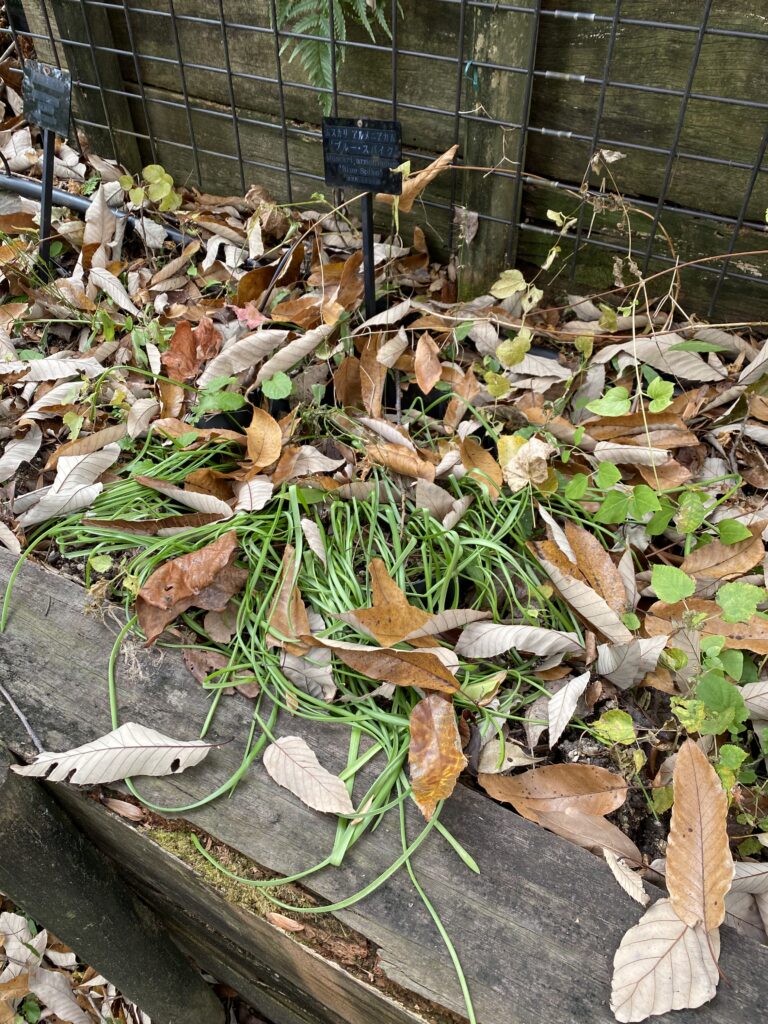
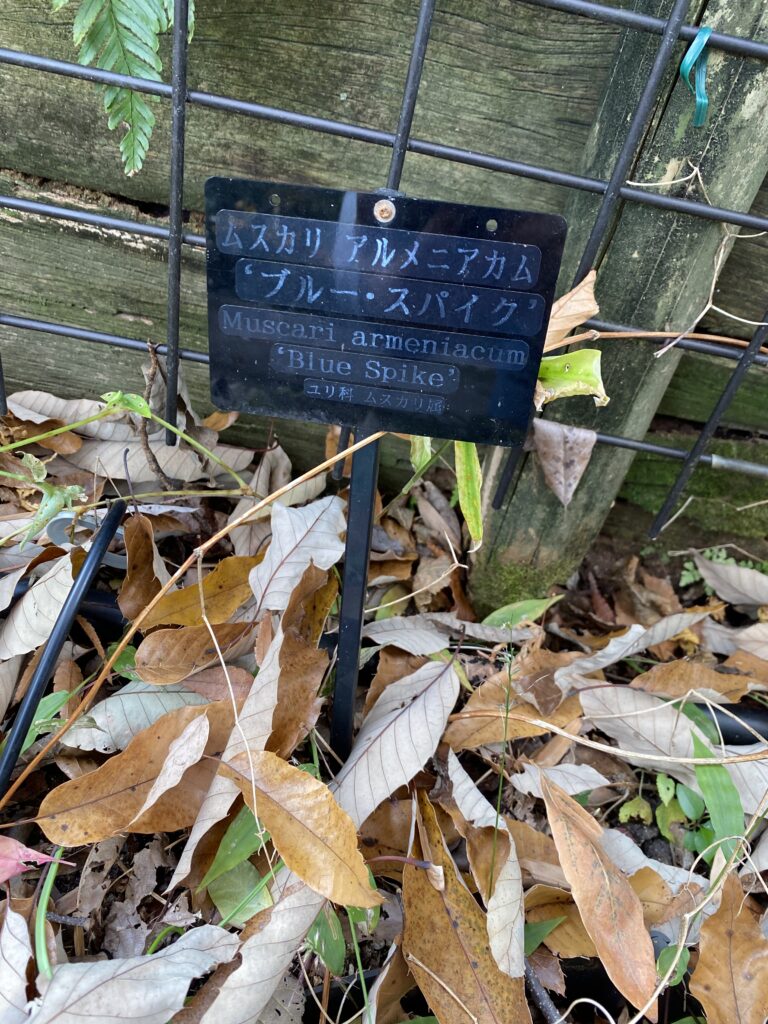
33 Baldcypress. Beautiful tall trees are a refreshing sight.
34 Under very high baldcypress, Carex brunneas are growing.
35,36 With a dawn redwood, Dryopteris celsa spreads its beautiful green leaves as best it can.
37,38 Among the Helleborus we can see Dryopteris erythrosora. I always wonder if this is really the best place for Helleborus or not (too shady, too humid), so Dryopteris erythrosora may not be a good companion plant for Helleborus, but at least they can bear it.
39,40 In the same place, muscaris were planted, but as you can see, the fallen leaves hide the muscaris from the sun. some of them have disappeared.
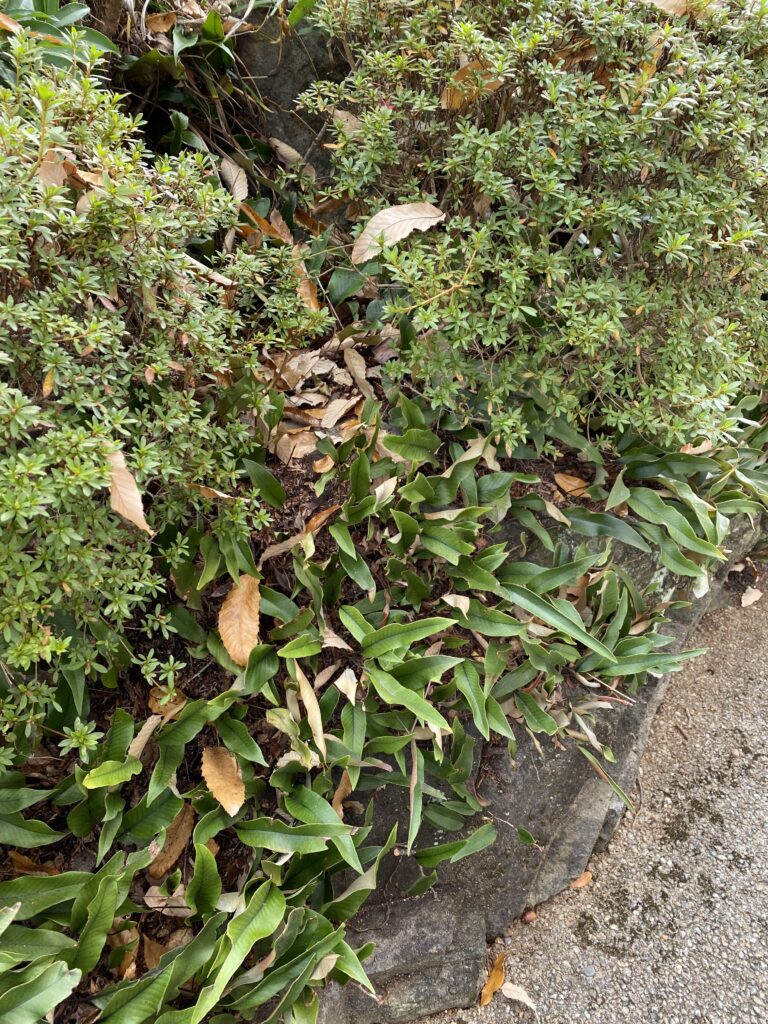
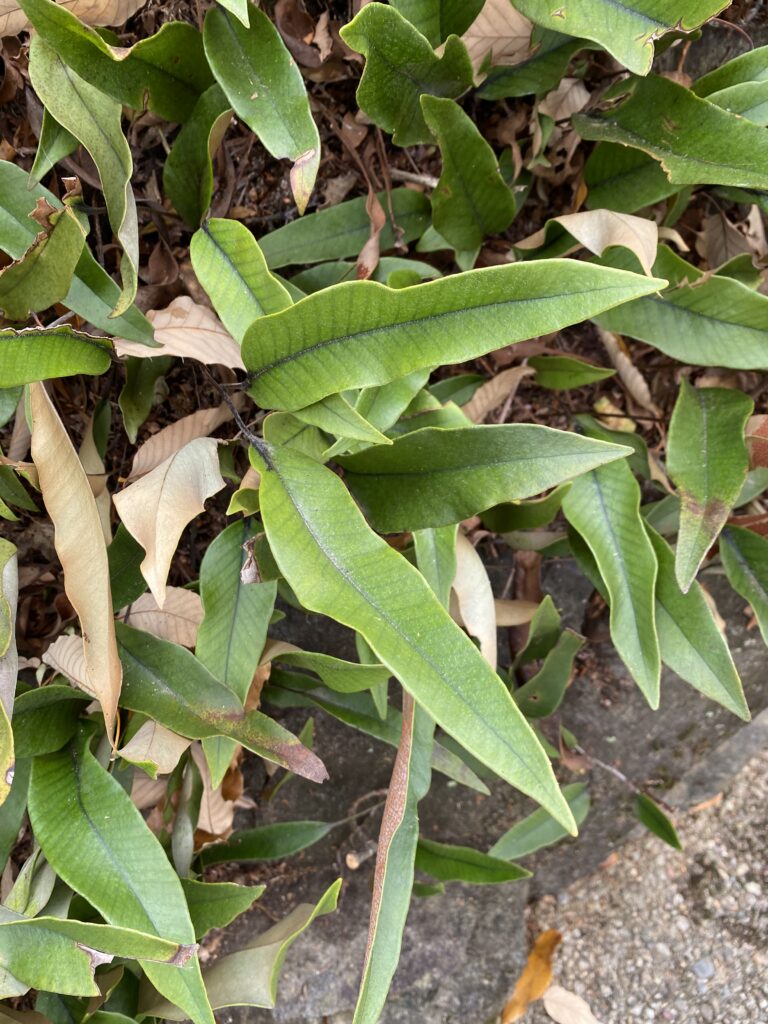

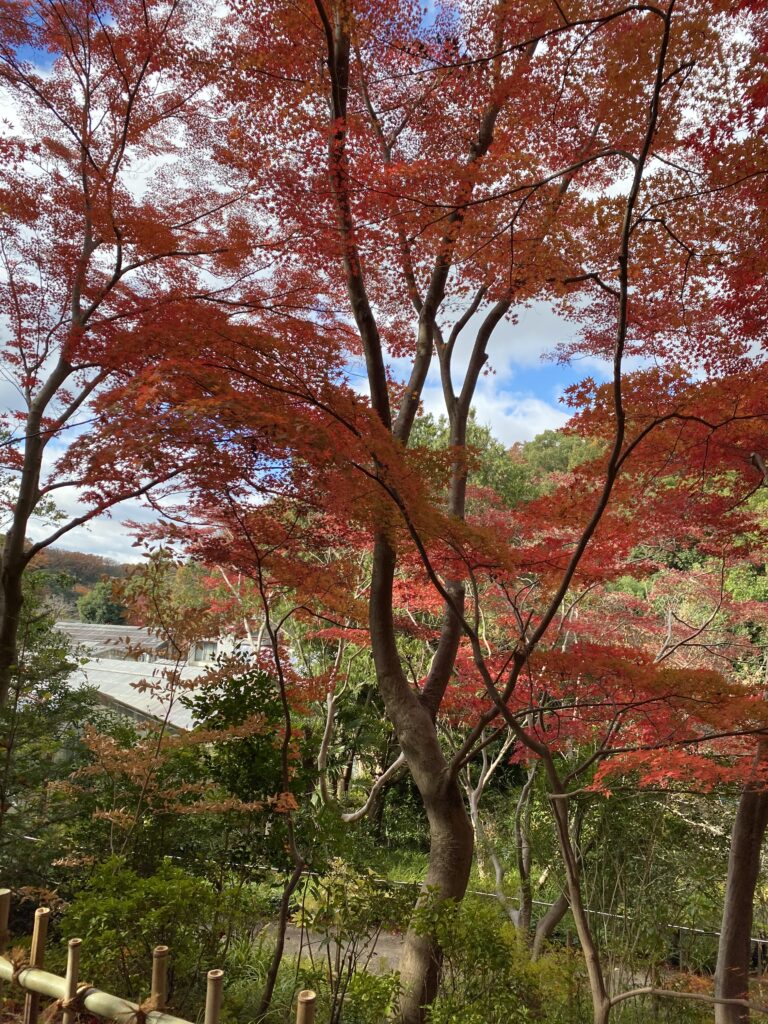
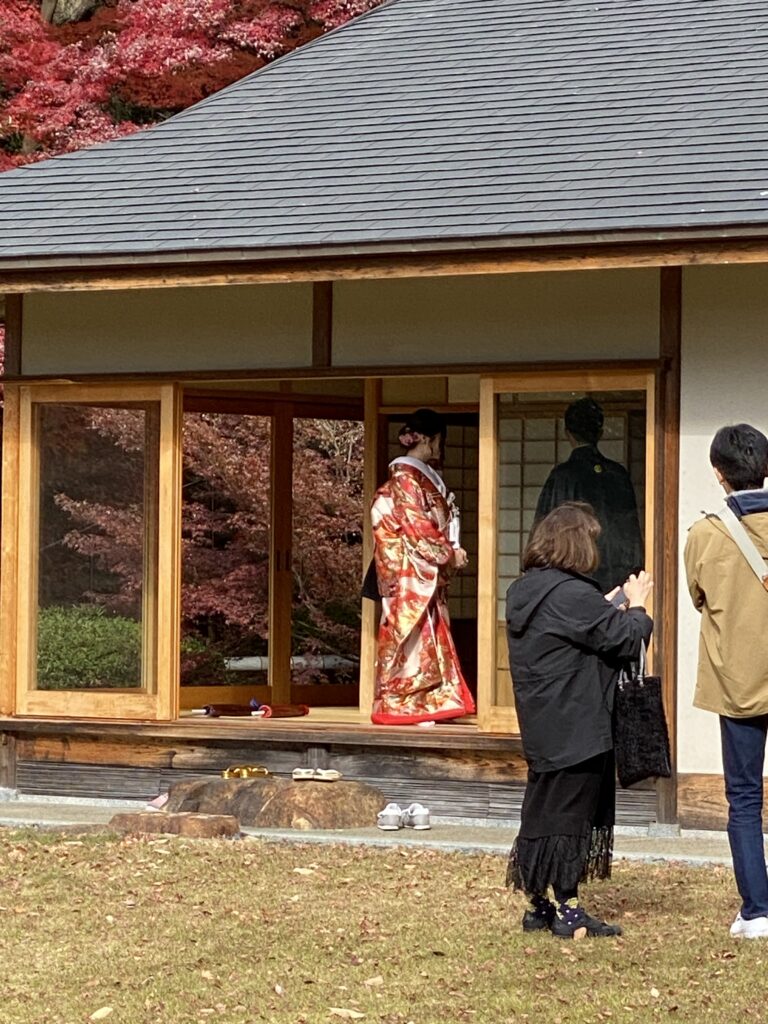
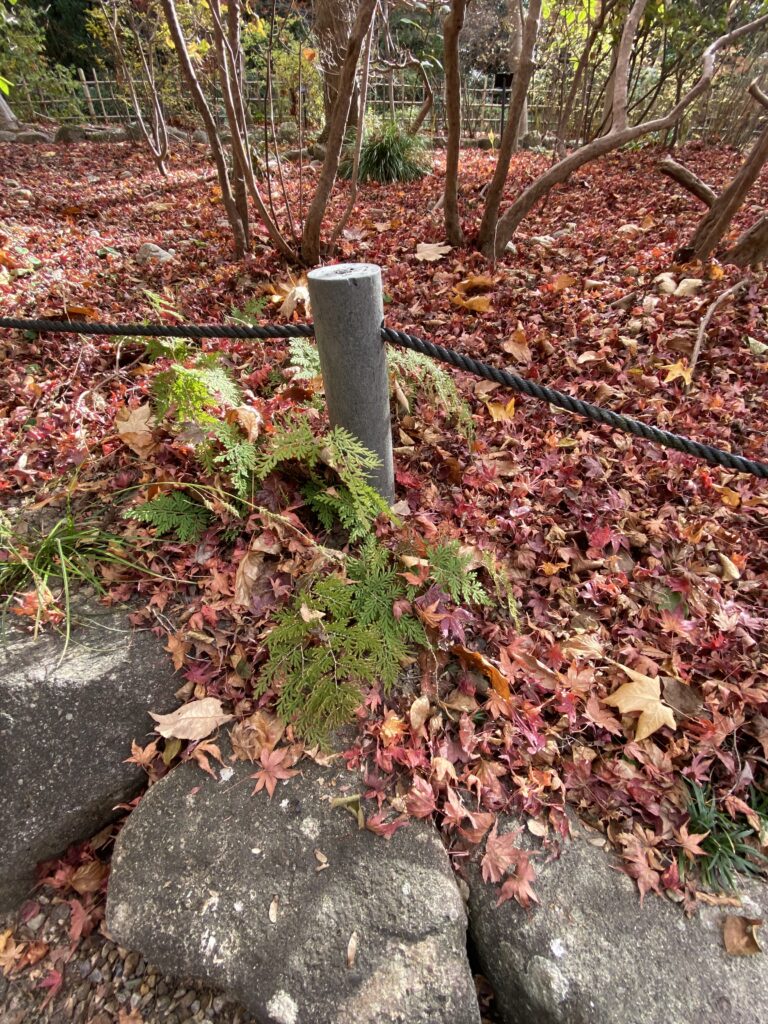
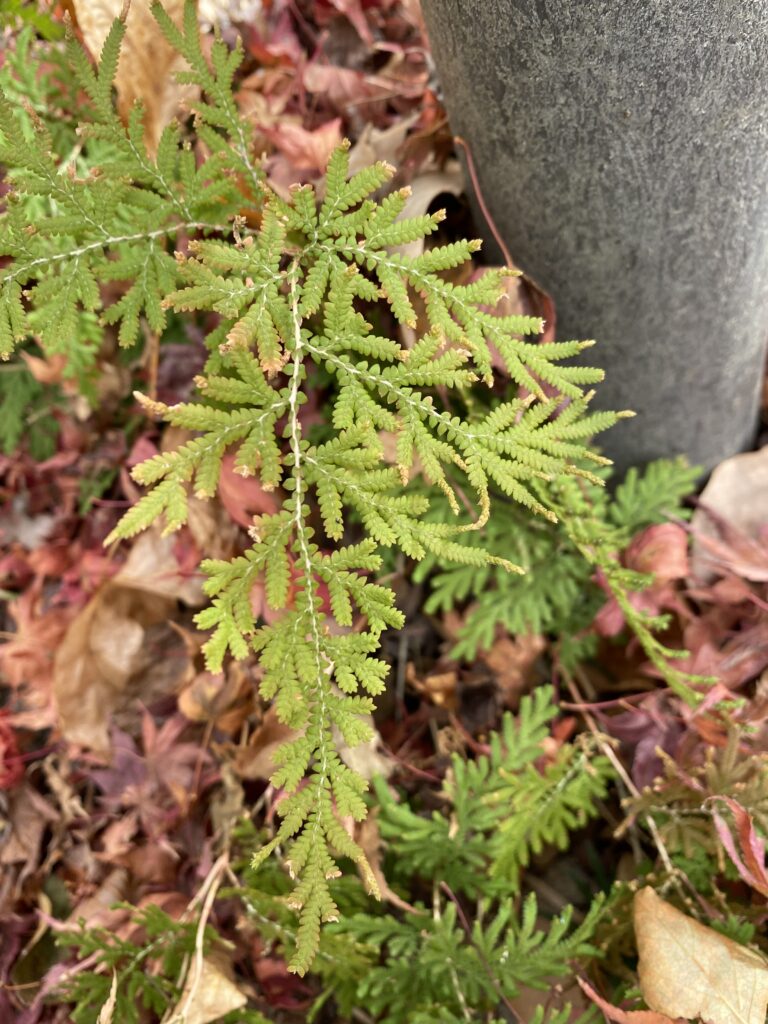
41,42,43 Pyrrosia ligua is also a member of the fern family. Although they look like tree leaves, they don’t have a tree trunk.
44 A flaming red maple tree.
45 In a small cottage in the garden, a couple celebrated a Japanese wedding.
46,47 Suddenly, one fern caught my eye. It is Selaginella moellendorffii. In the wild it is extremely rare and classified as endangered, but in recent years it has been proliferating, sometimes growing on the stone walls of private houses. How unique these leaves are!
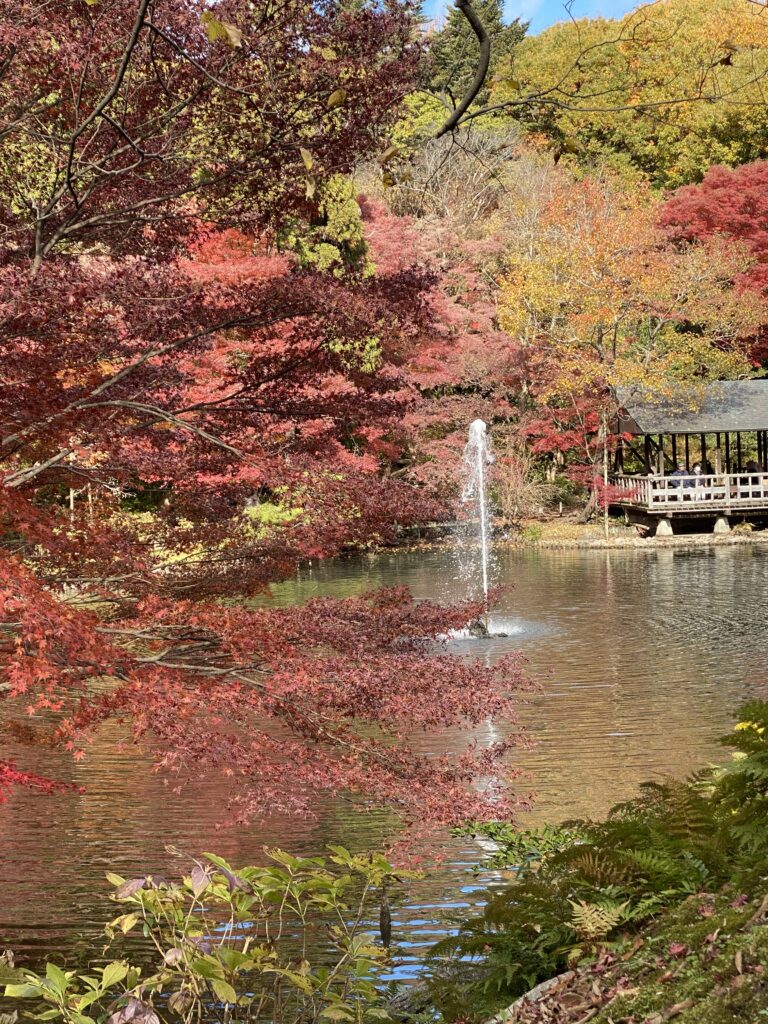

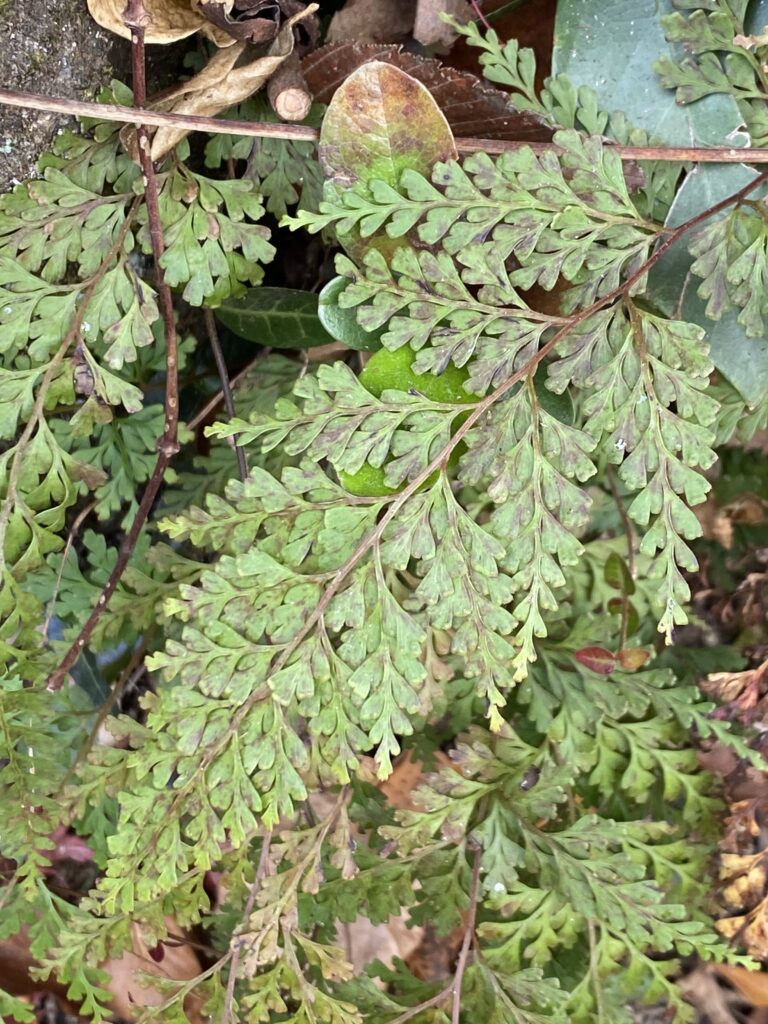
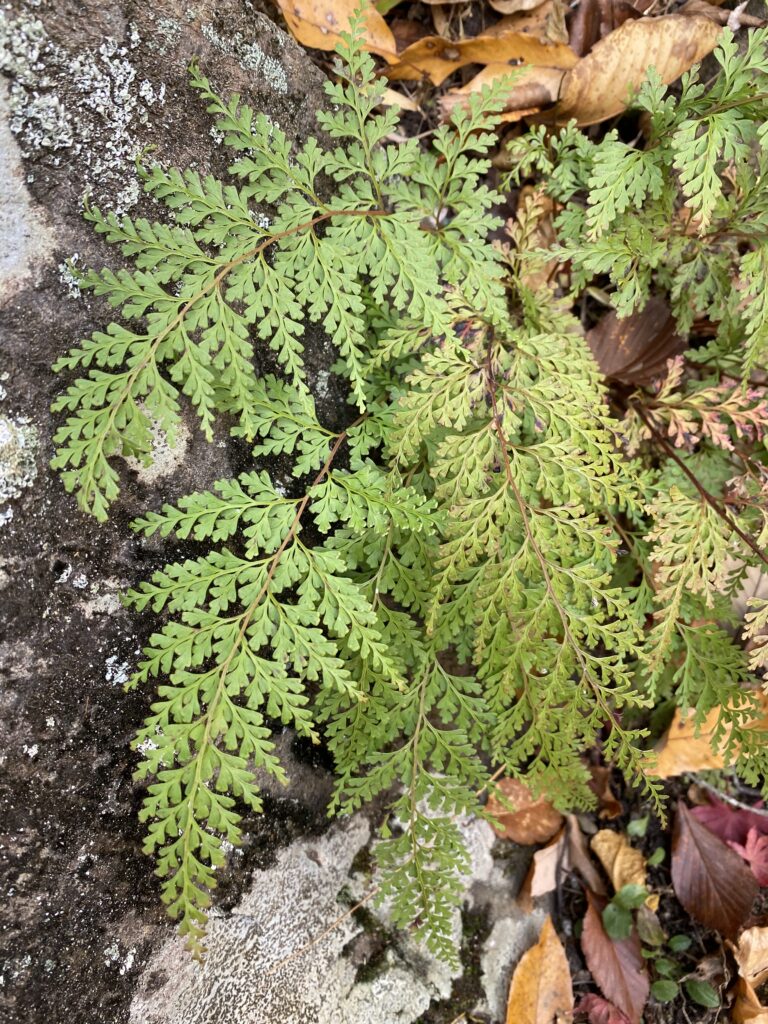

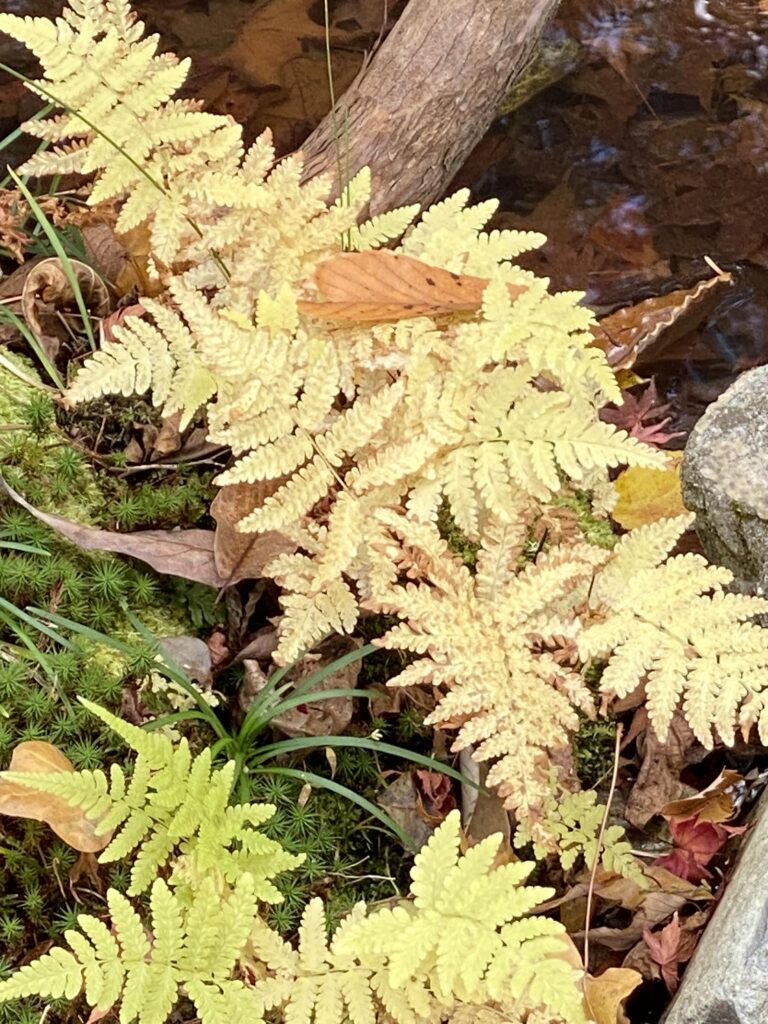

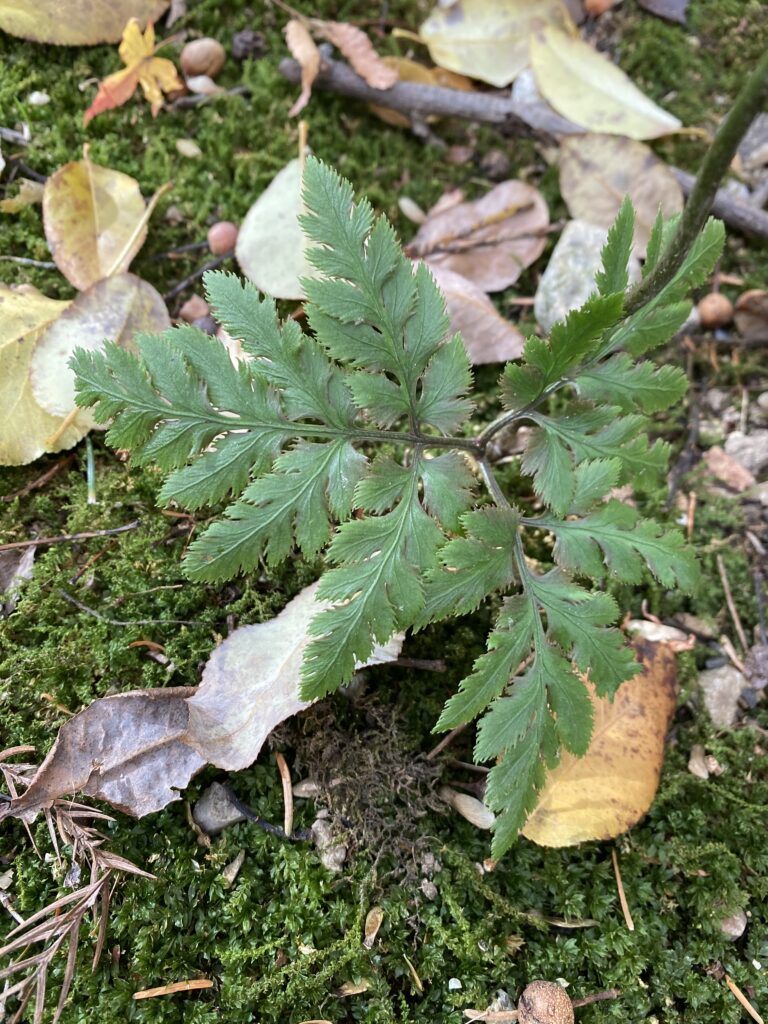
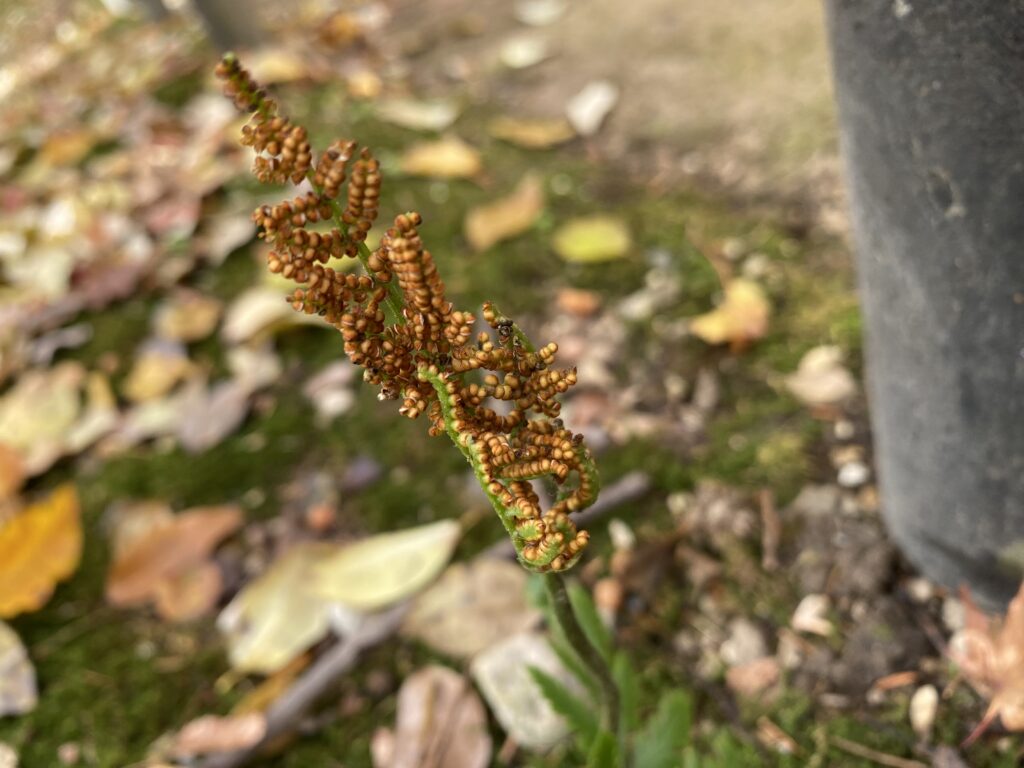
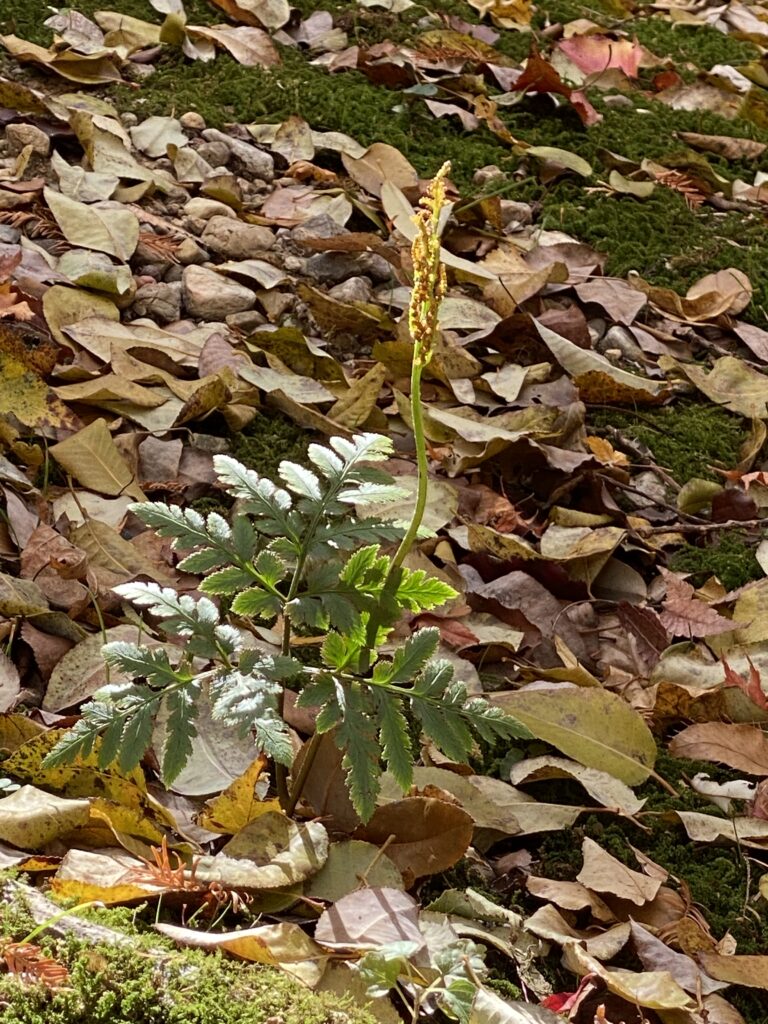
48 A fountain in the pond seen from a coloured tree.
49,50,51 Walking from the fountain, an unfamiliar leafy fern grew amongst the rocks.
It was Odontrosoria chinensis.
The leaves look like beautiful lace.
Odontosoria chinensis is a fern in the family Lindsaeaceae.[1][2] Commonly called lace fern (Hawaiian: pala’ā, palae, or palapala’ā), it is native from India to Hawai’i, and south to Sumatra, Borneo and the Philippines, as well as other parts of the tropics and sub-tropics.[1] It is commonly found in forest openings and disturbed areas such as landslides, along trails or roads. It grows in moist, shady areas from sea level to an elevation of 4,000 feet.[3]
https://en.wikipedia.org/wiki/Odontosoria_chinensis
52,53 Sometimes we see dead fern for the low temperature.
This fern, which dies in winter, is Thelypteris palustris.
54,55,56 ,57
Can you spot a little fern in the fallen leaves?
It is Sceptridium japonicum. It spores in the autumn, grows leaves in the winter and dies in the summer.
3 conclusion
Perherps, most of you see ferns as ferns. But in fact, different ferns grow in different places. While most ferns like humid places, some ferns can survive in dry places.
Some ferns have artistic leaves that look as if they have been carved by an artist.
Ferns are as beautiful and delicate as flowers and deserve more inclusion in your garden.



コメント